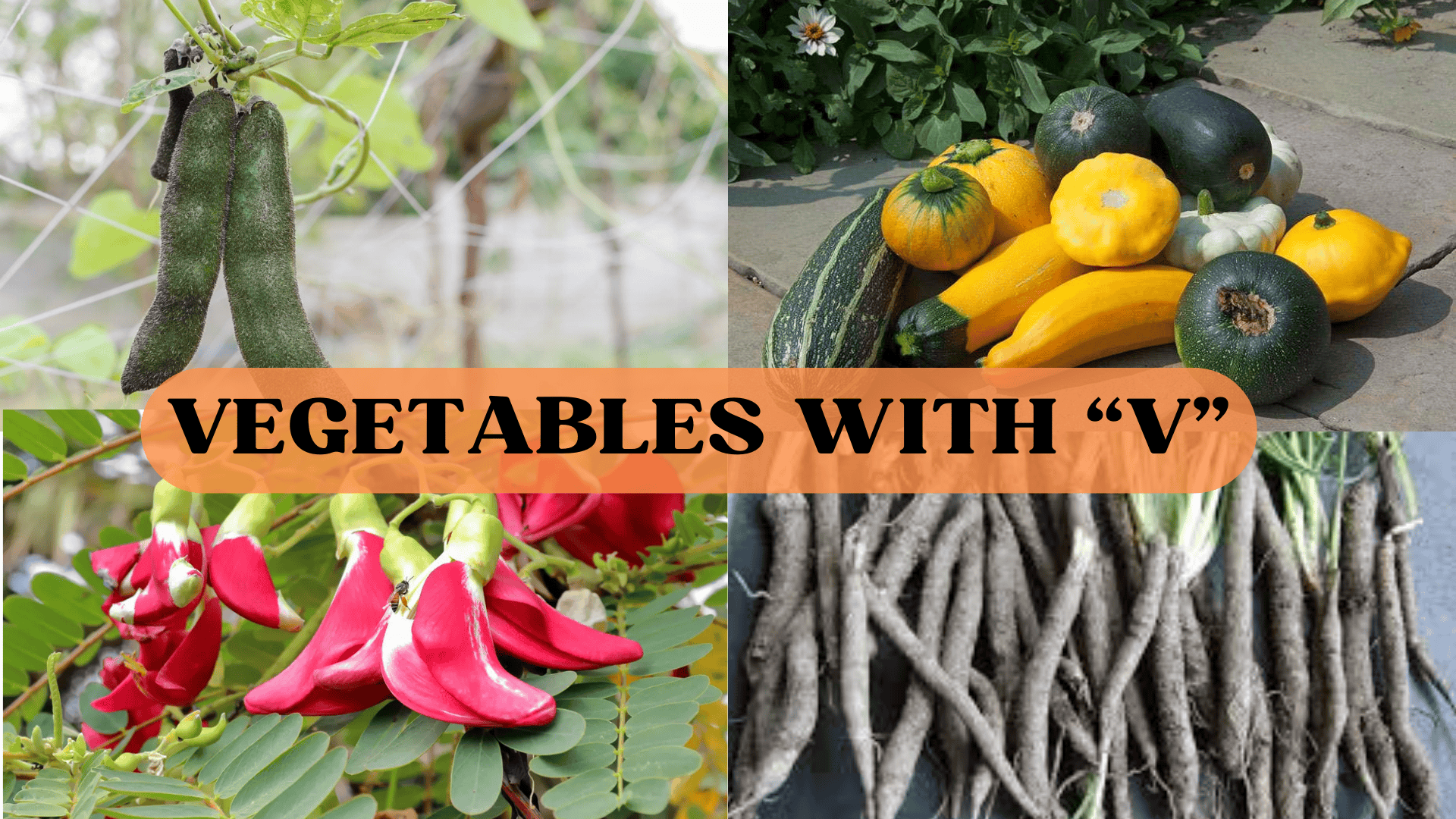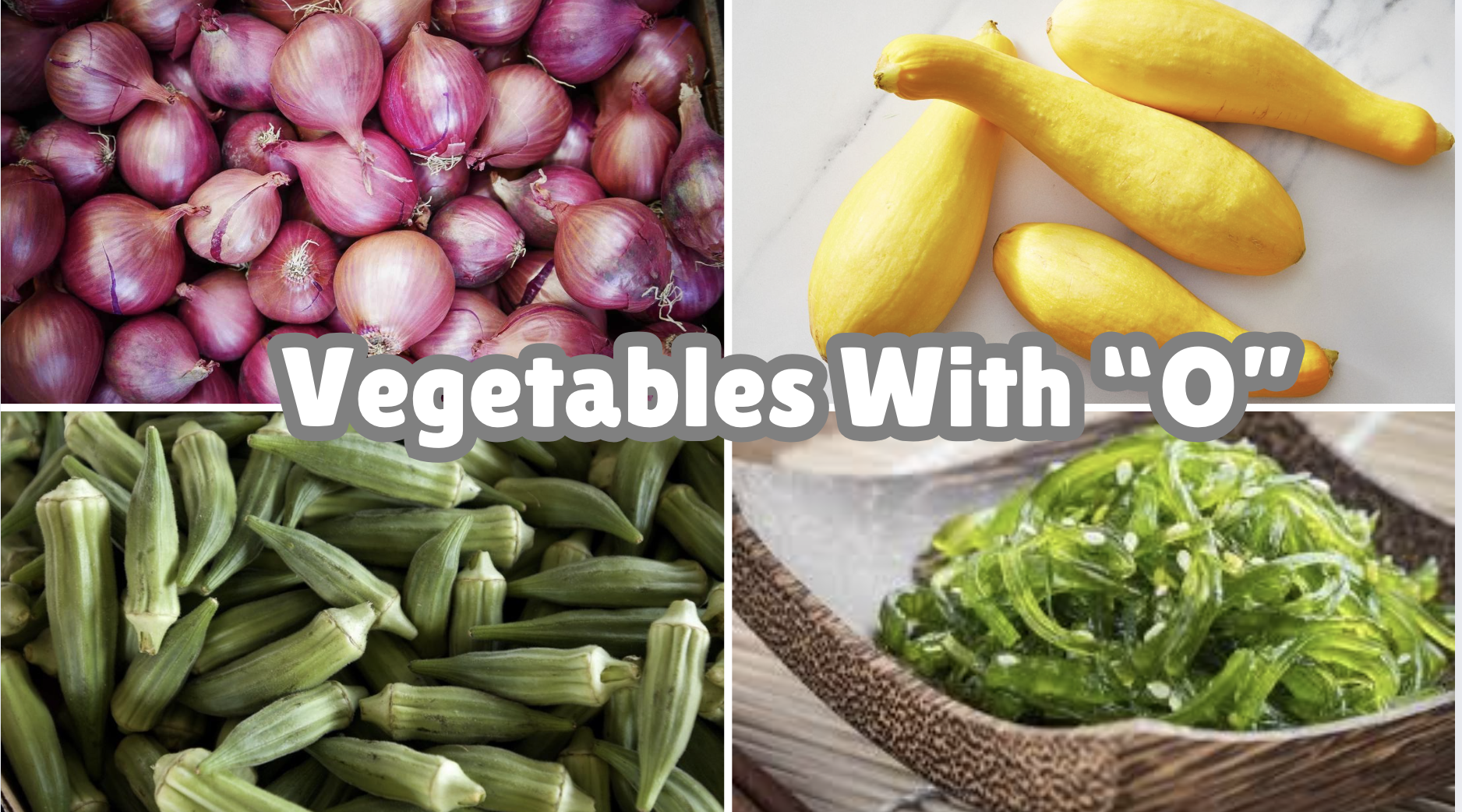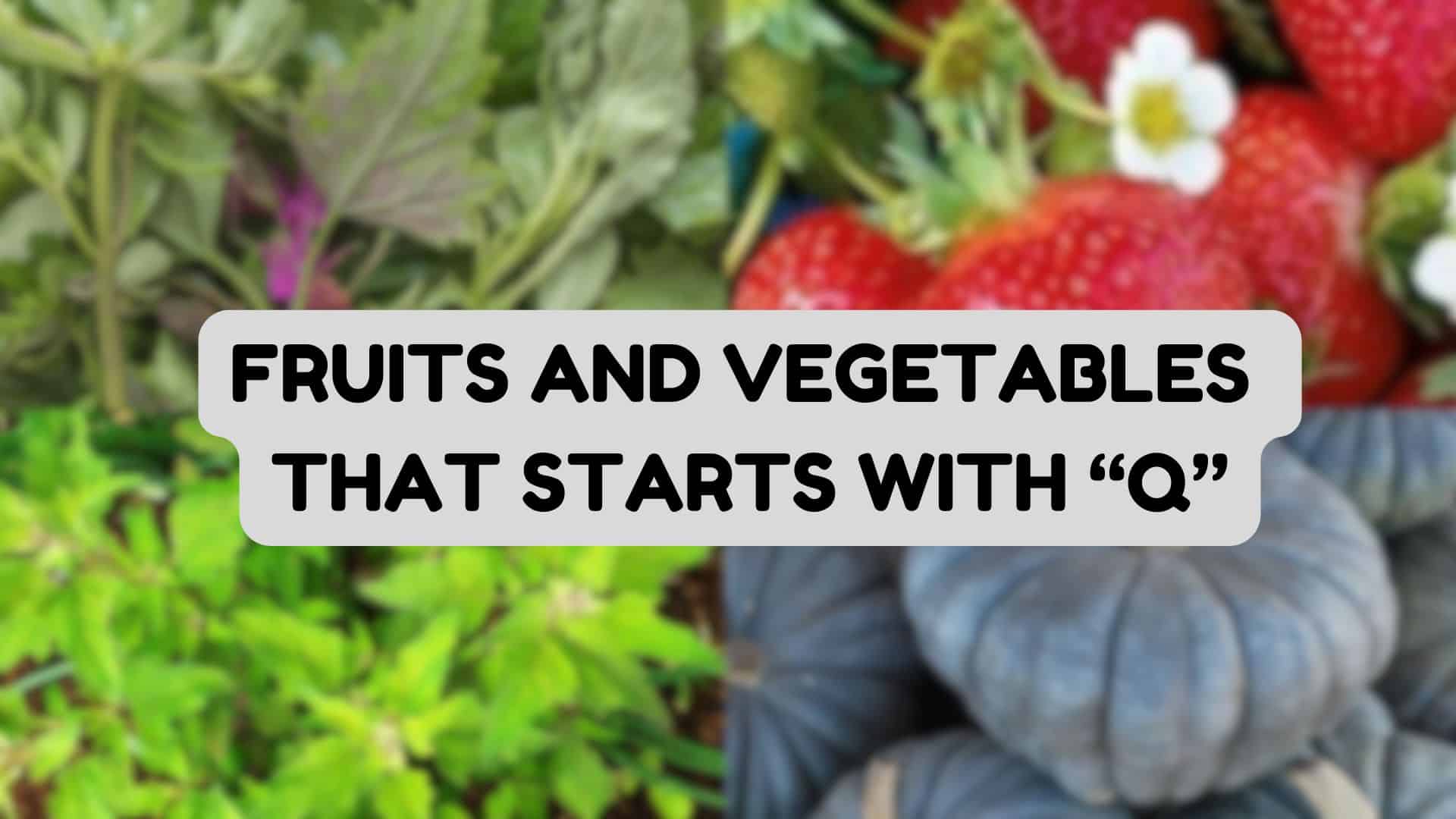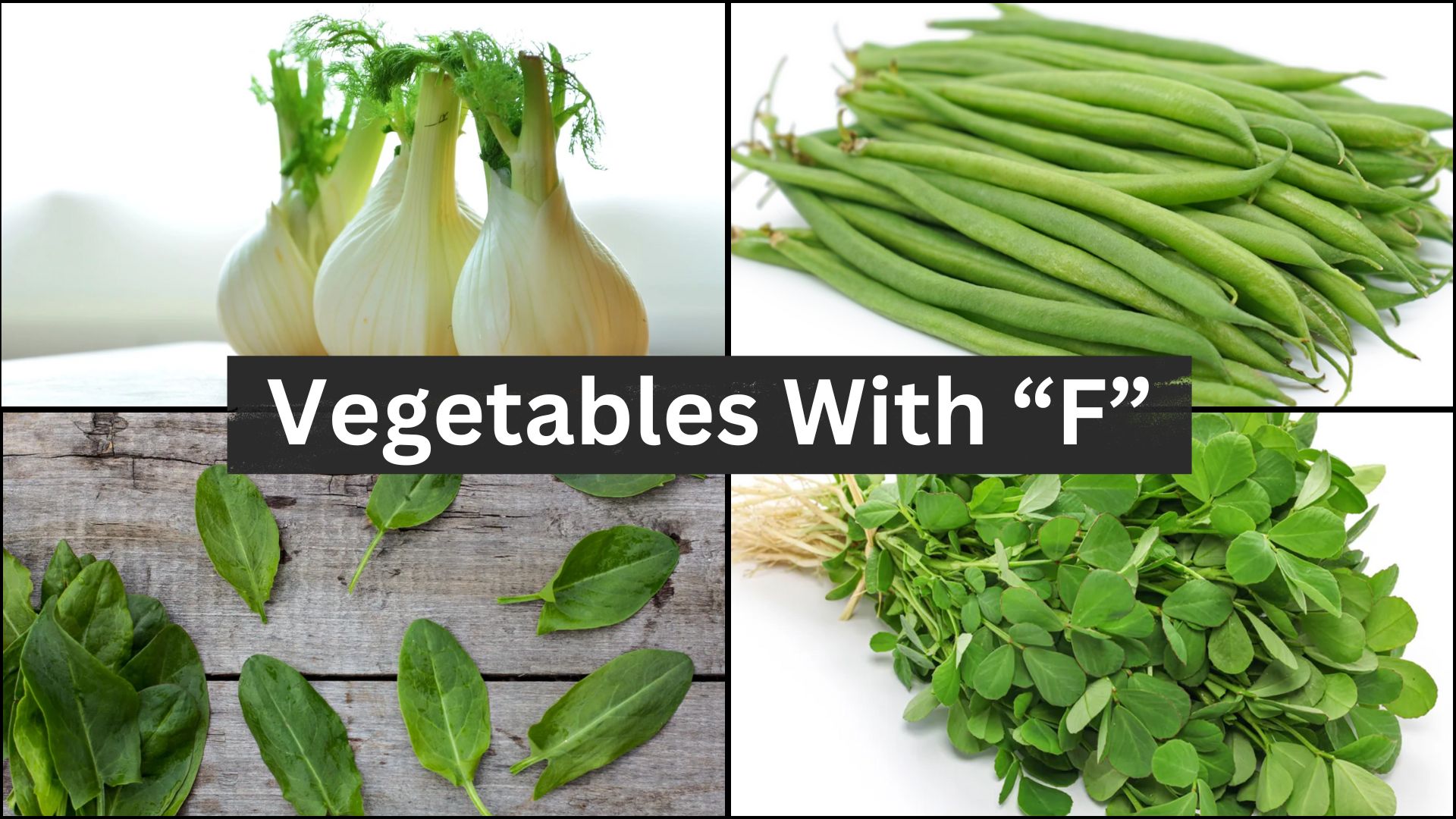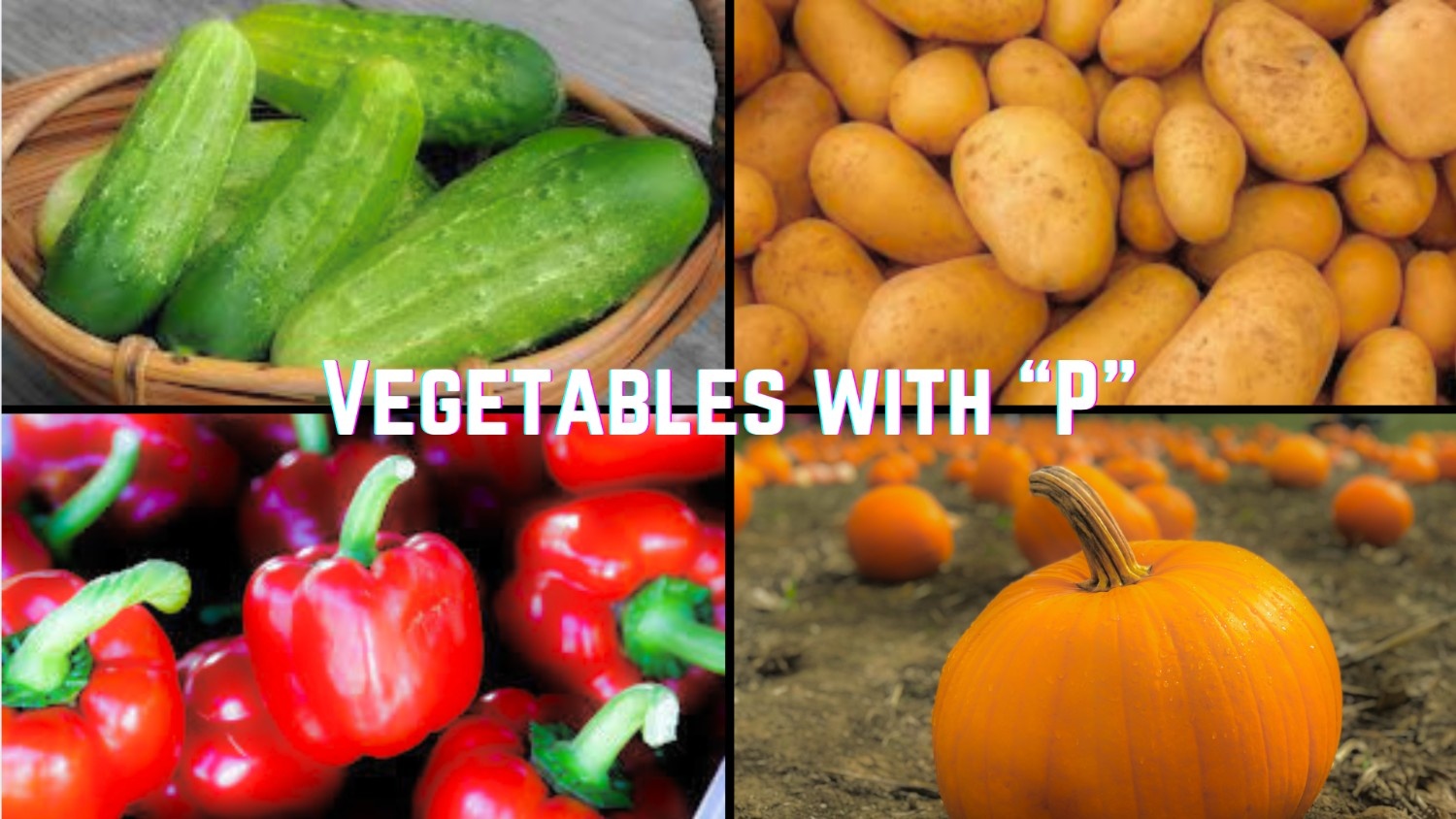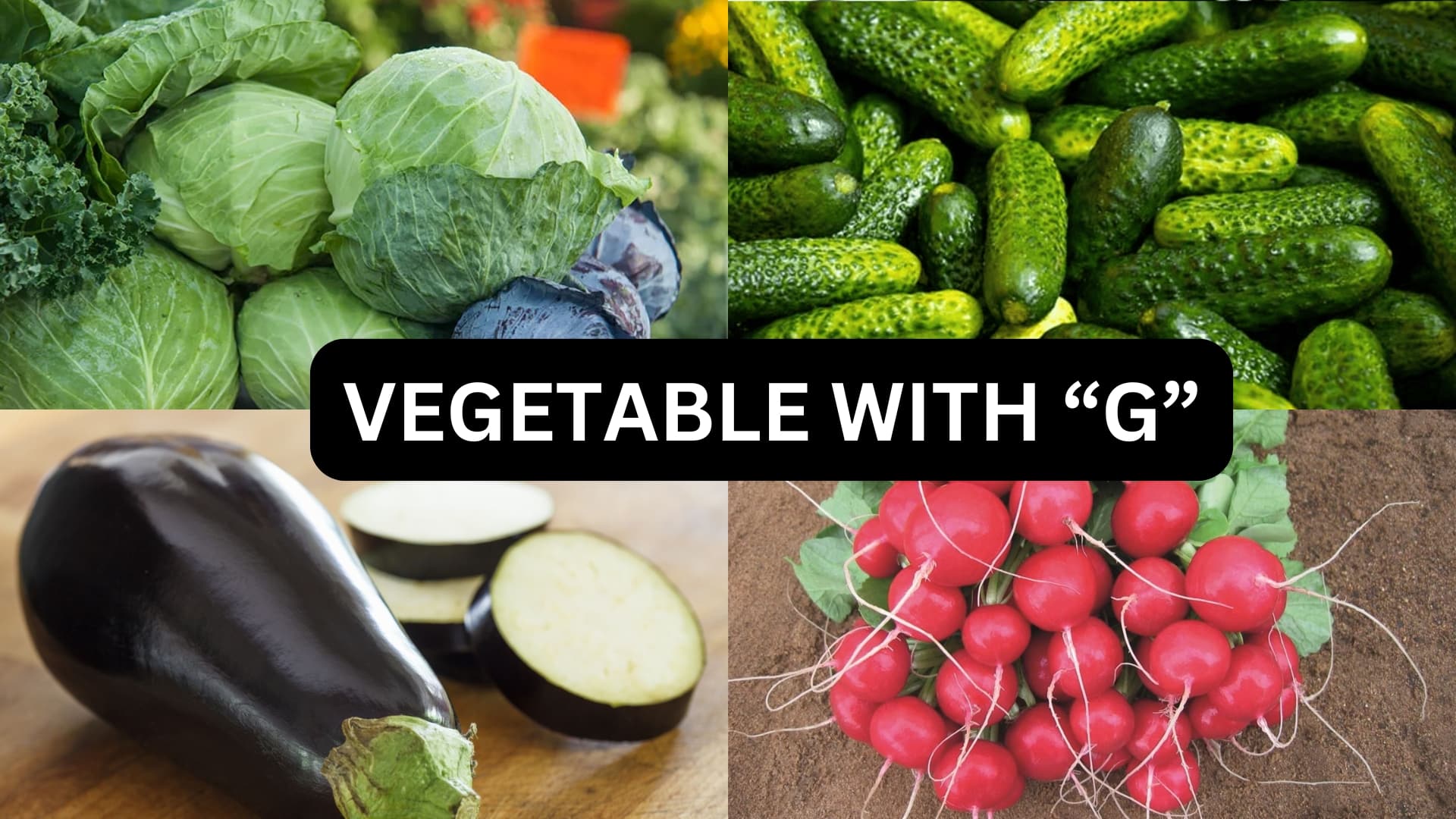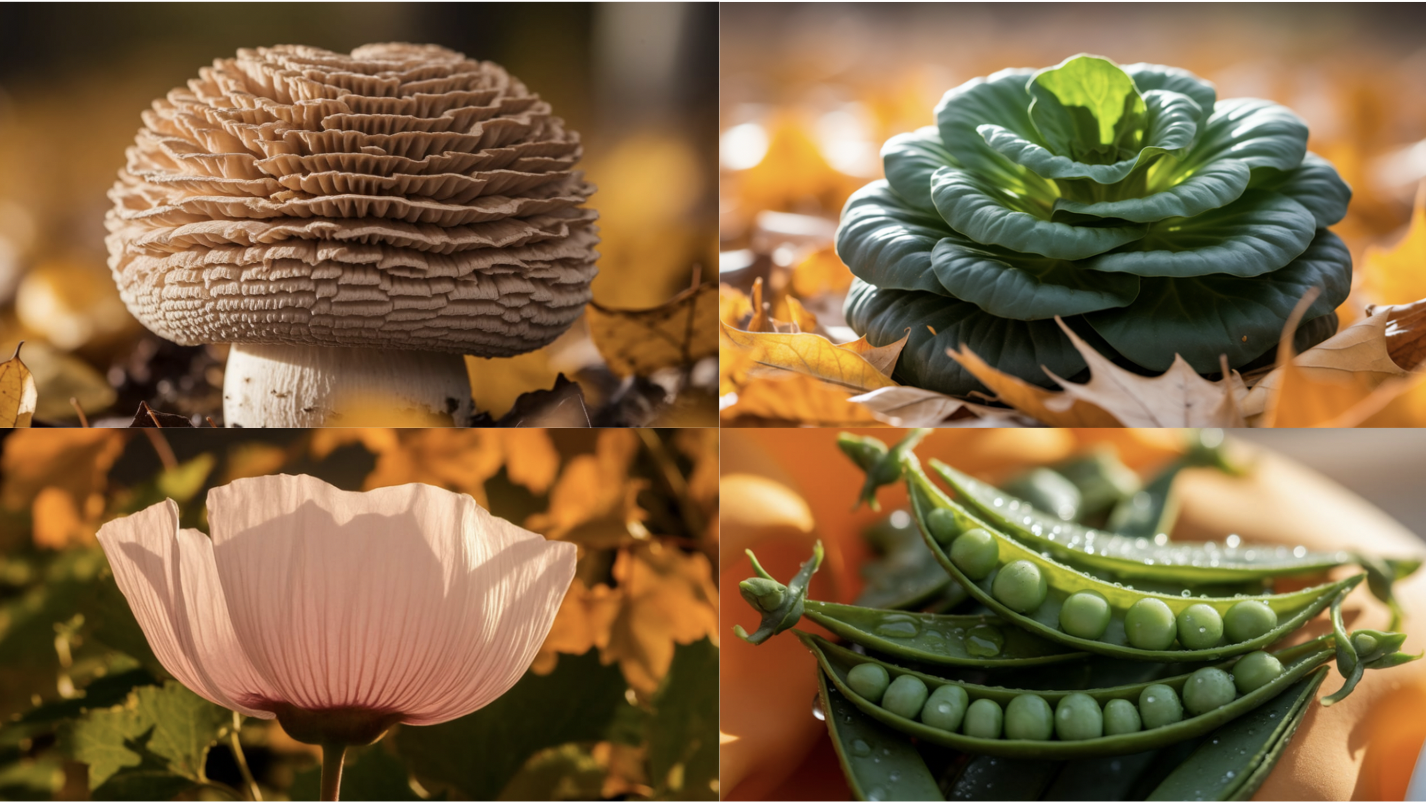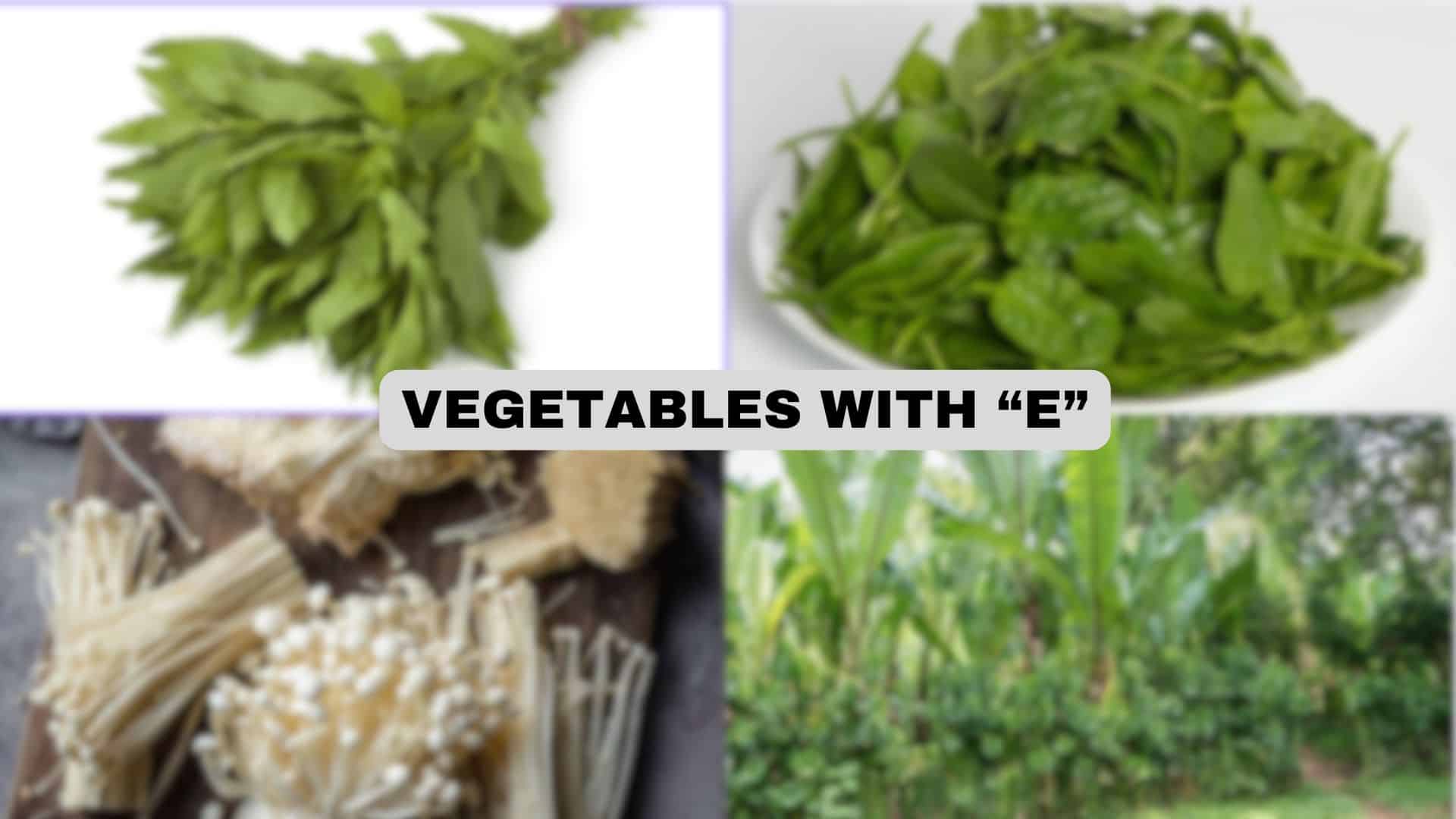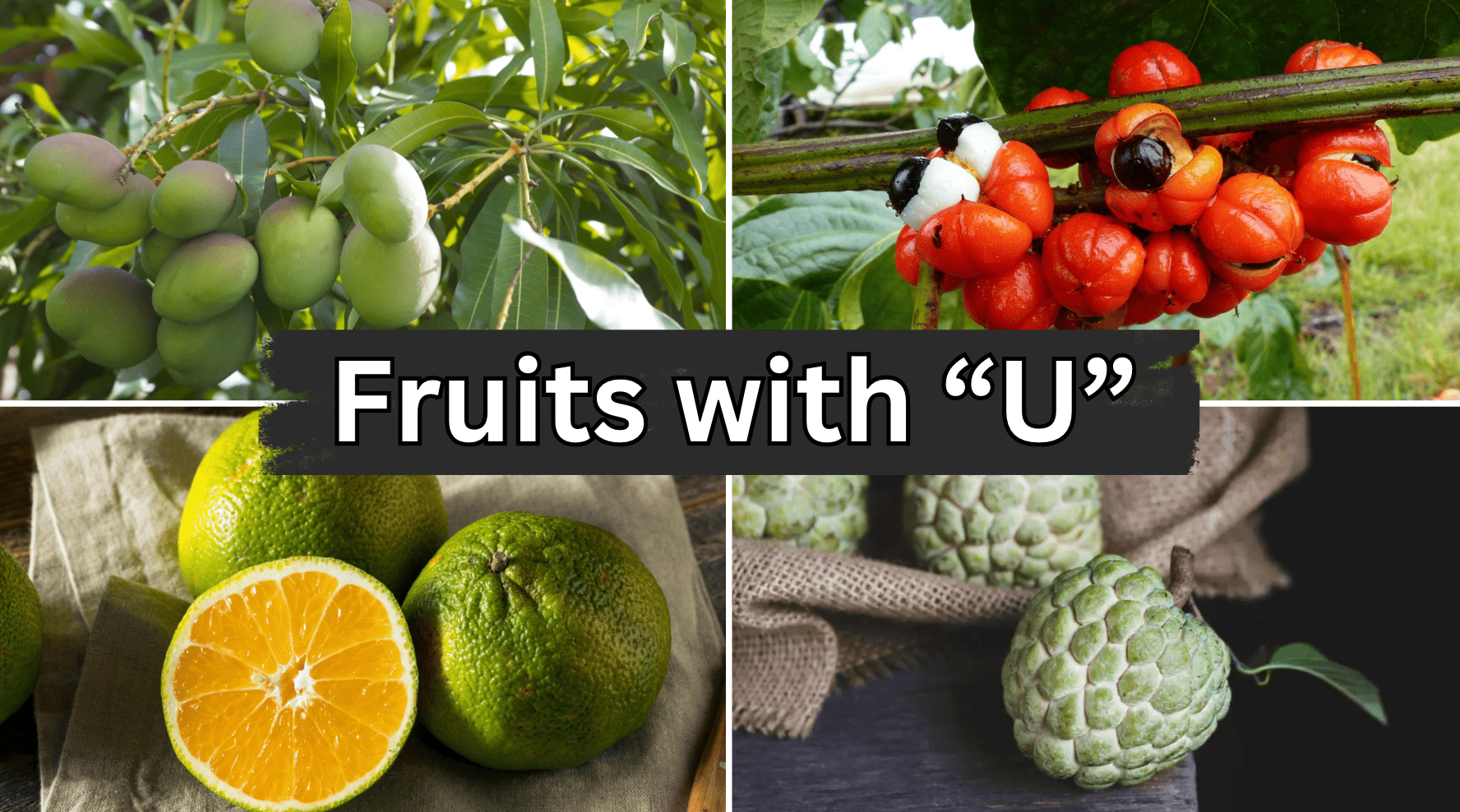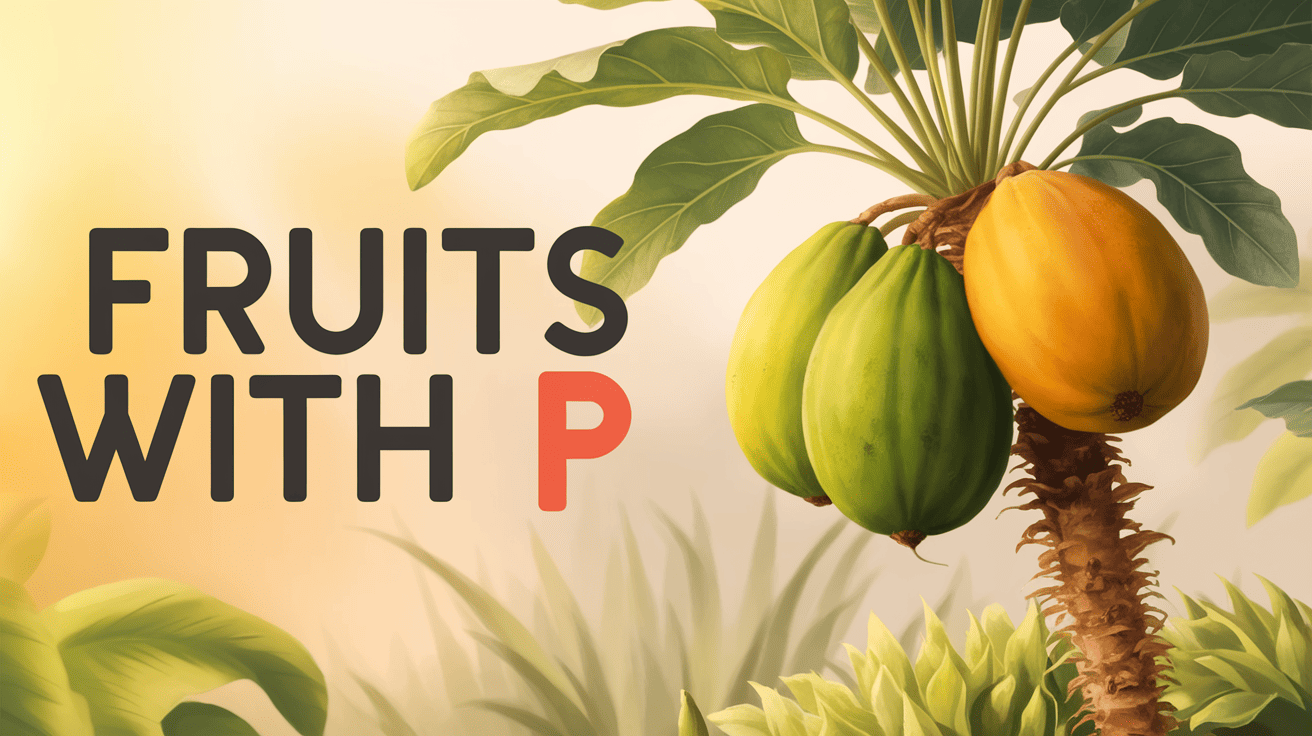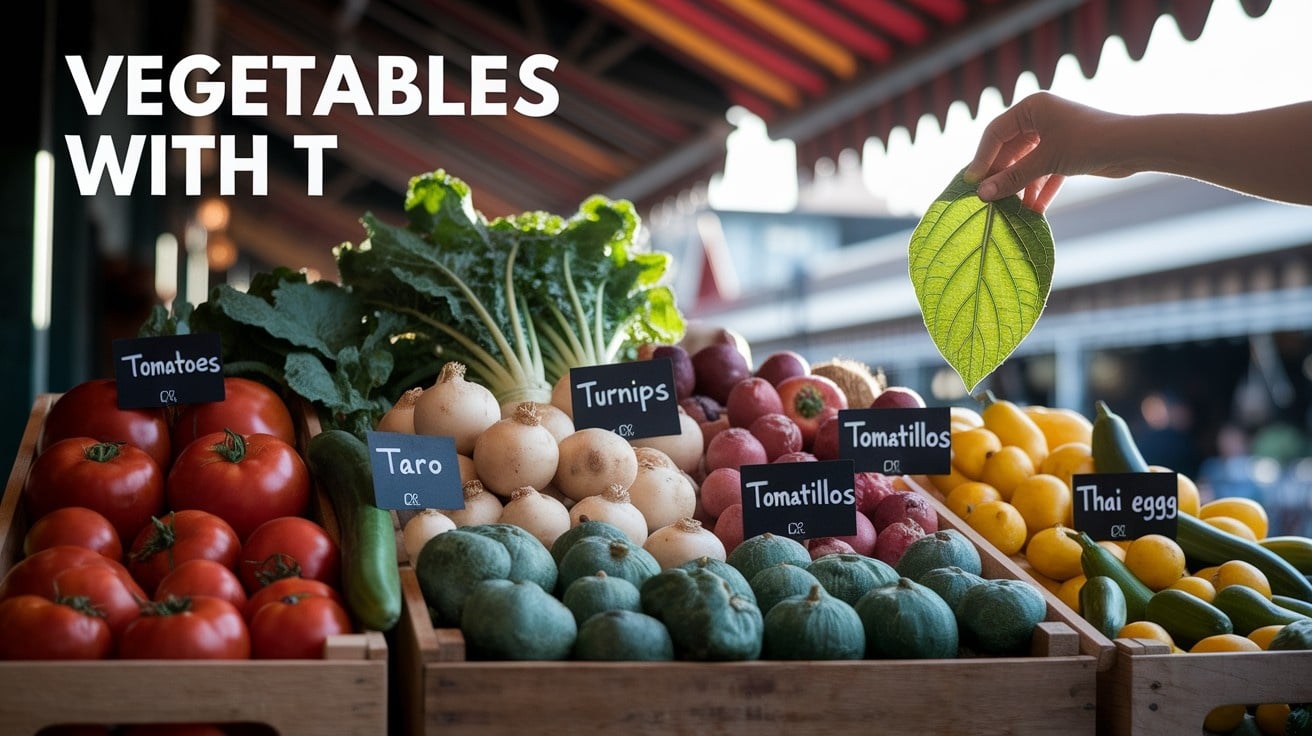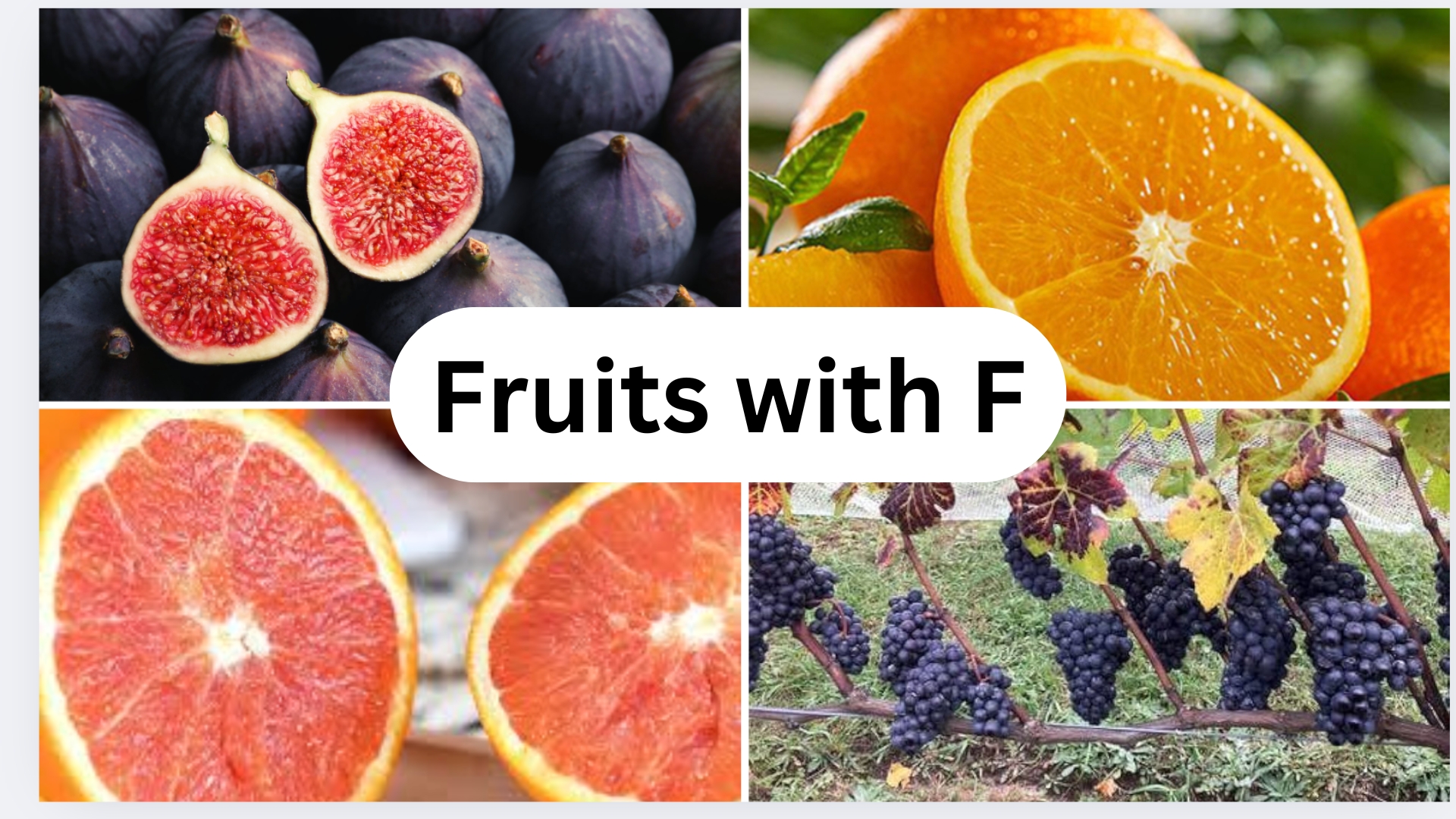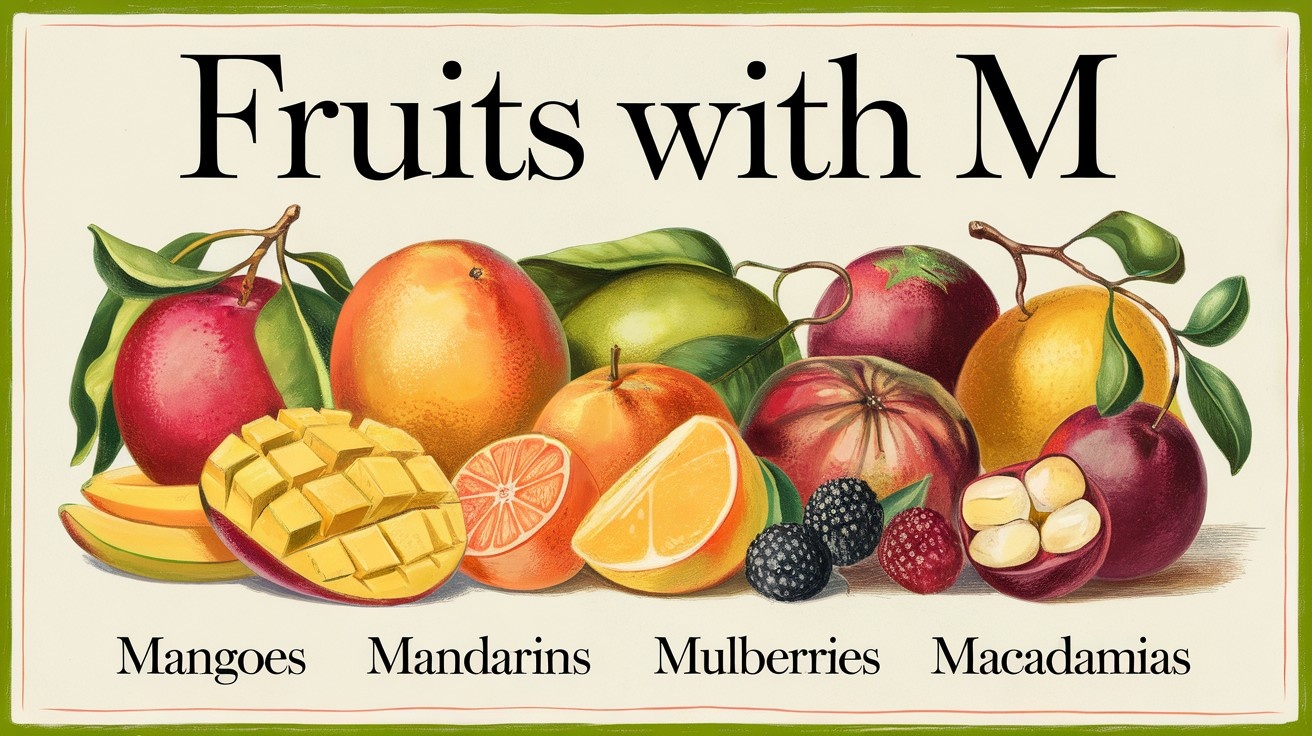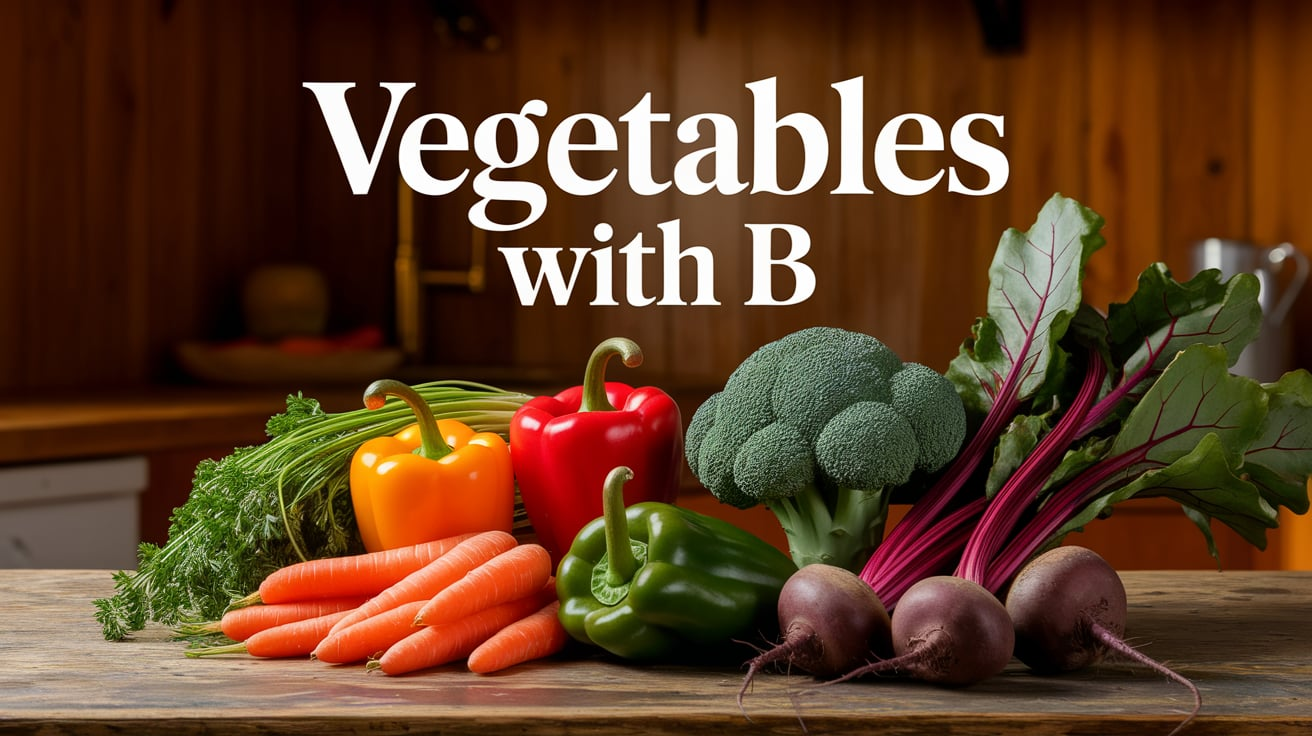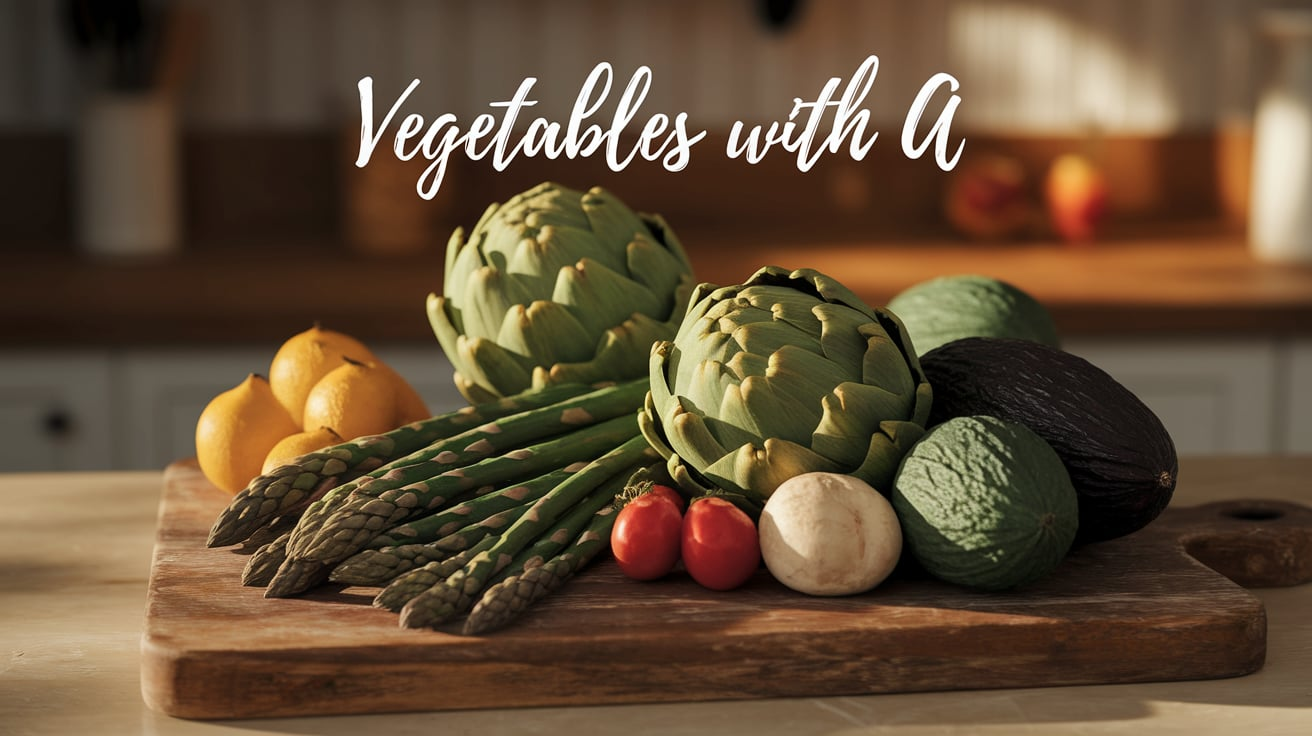
Ever wondered what vegetables start with the letter U? Vegetables with U come from all around the world and bring special flavors to many dishes.
From the purple ube used to make sweet desserts to the crunchy ulluco from South America, these foods add color and nutrition to meals.
Some, like upland cress, have a spicy kick that makes salads more exciting. Others, like urad beans, are perfect for hearty soups and stews.
Many of these vegetables with U have been grown for hundreds of years in places like India, Africa, and Southeast Asia.
Each one has its own special taste and health benefits. Learning about these uncommon vegetables can help people try new foods and make meals more interesting and healthy.
Unique Vegetables with U from Around the World
1. Ube
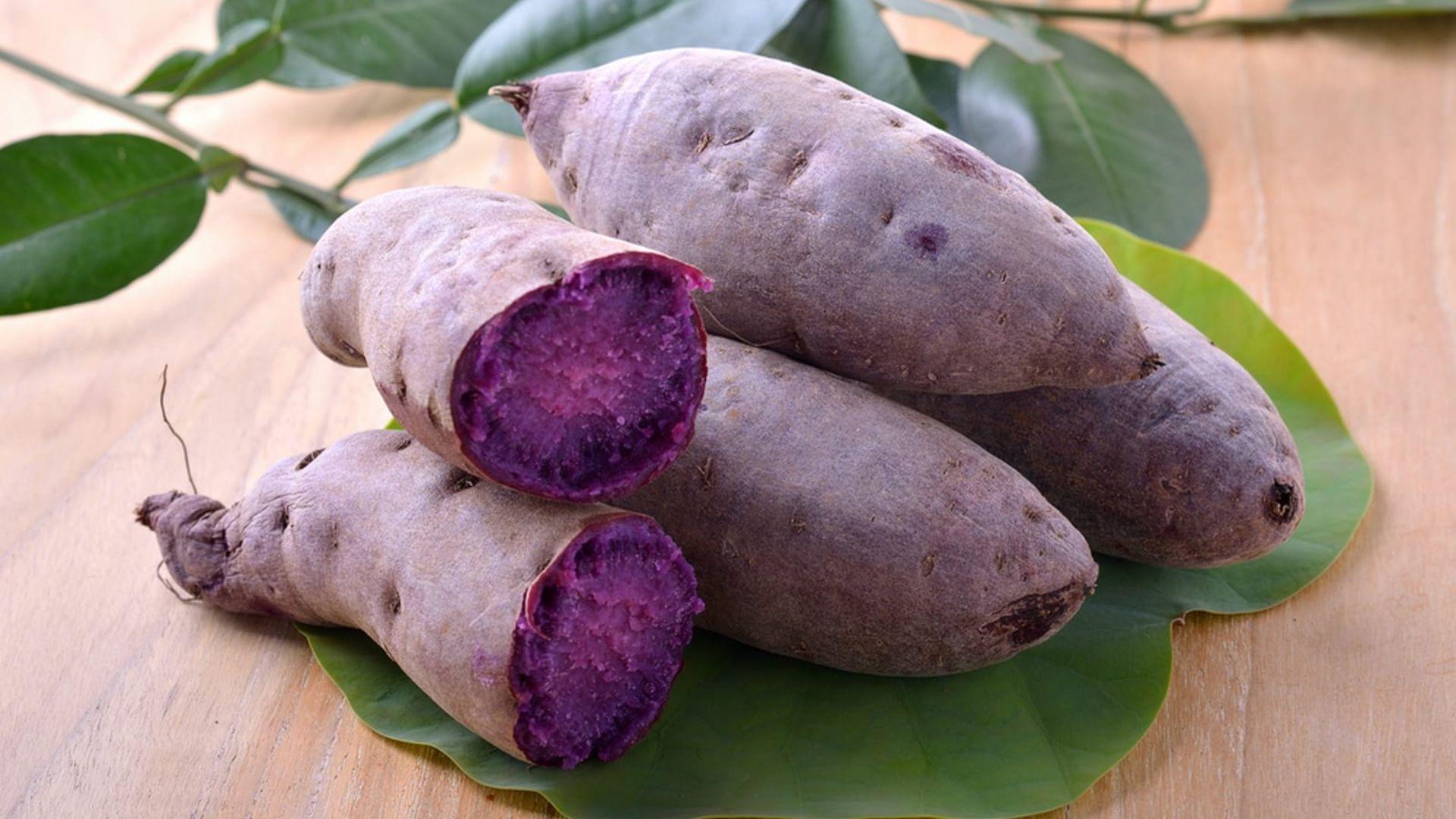
Ube, a purple yam, is widely used in Filipino cuisine. Its purple color and sweet flavor make it popular for desserts, such as ice cream, cakes, and pastries. Ube is often boiled, mashed, or used in syrup for a variety of traditional dishes.
- Origin: Native to the Philippines, it is commonly found in tropical regions across Southeast Asia.
- Nutritional Benefit: Ube is rich in antioxidants, particularly anthocyanins, which help fight inflammation and promote healthy skin.
- Culinary Pairings: Ube pairs well with coconut milk, vanilla, and chocolate, enhancing the sweetness and texture in desserts.
2. Udo
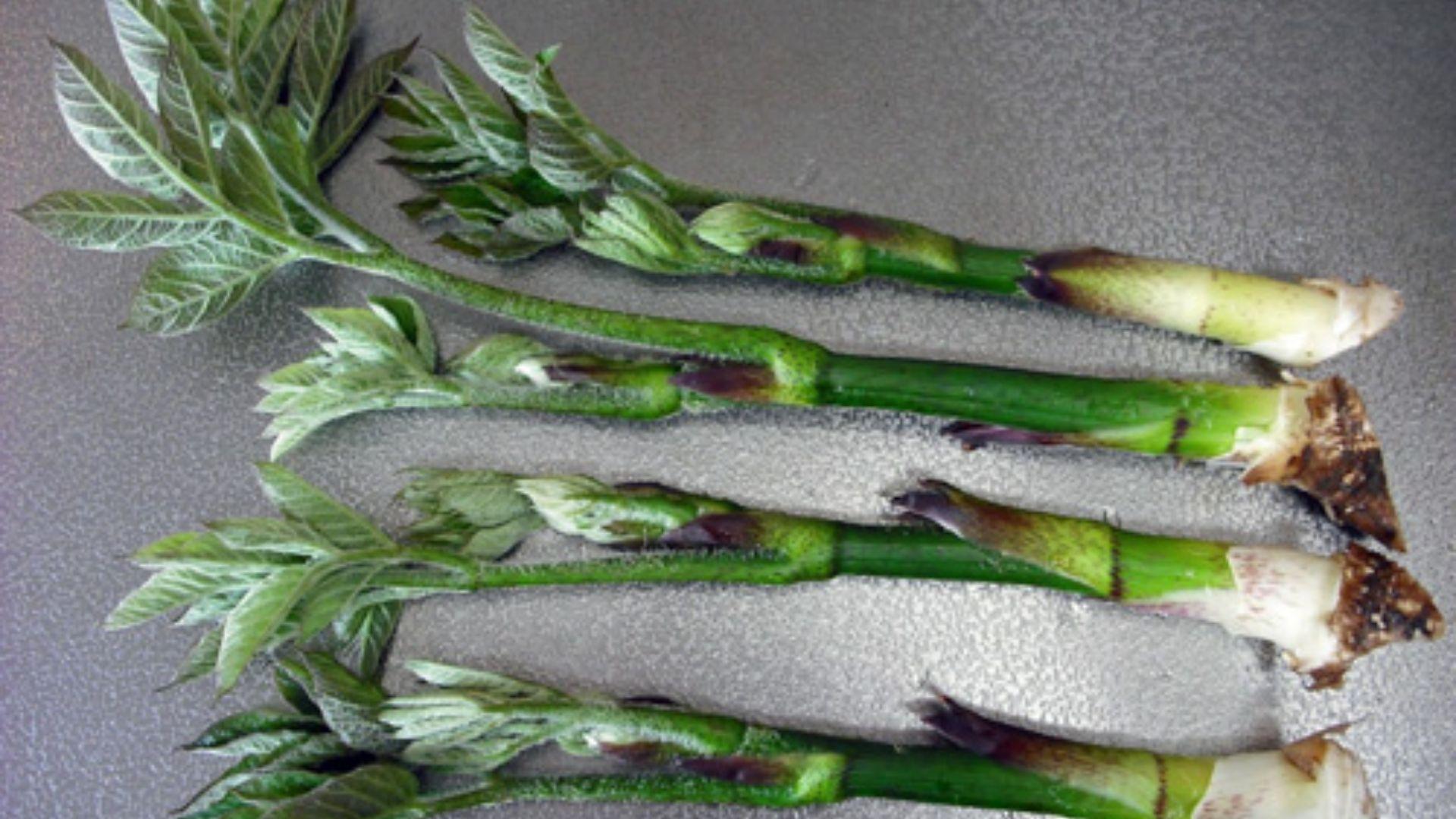
Udo is a perennial plant native to East Asia. It is commonly used for its young shoots in culinary dishes. The plant produces edible stalks that are tender and aromatic. These stalks are often used in soups, salads, and stir-fries, adding a fresh, slightly bitter taste.
- Origin: Native to East Asia, particularly Japan, Korea, and China.
- Nutritional Benefit: Udo is a good source of fiber, vitamins, and minerals, supporting digestion and overall health.
- Culinary Pairings: Udo pairs well with soy sauce, miso, and ginger, complementing the bitterness of the shoots with savory and spicy flavors.
3. Udupi Mattu Gulla Eggplant
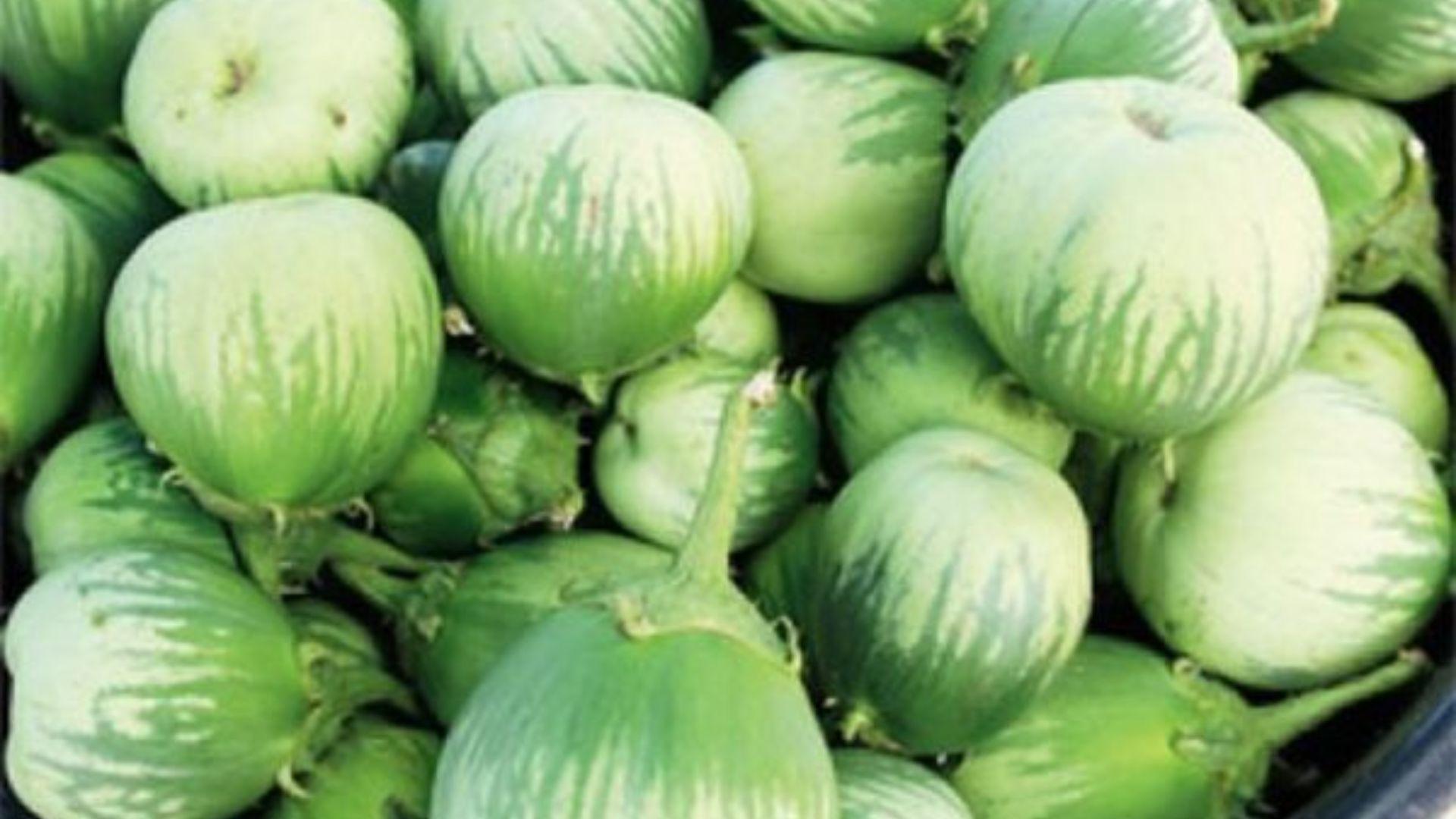
This variety of eggplant, native to Udupi in India, is known for its round shape and mild, slightly sweet flavor. It is often used in traditional Indian curries and chutneys, where it absorbs spices and enhances the overall taste of the dish.
- Origin: Originates from Udupi, Karnataka, India.
- Nutritional Benefit: Udupi Mattu Gulla is low in calories and rich in antioxidants, which promote heart health and aid digestion.
- Culinary Pairings: It pairs well with tomatoes, onions, garlic, and a variety of Indian spices like cumin, coriander, and turmeric.
4. Ulluco
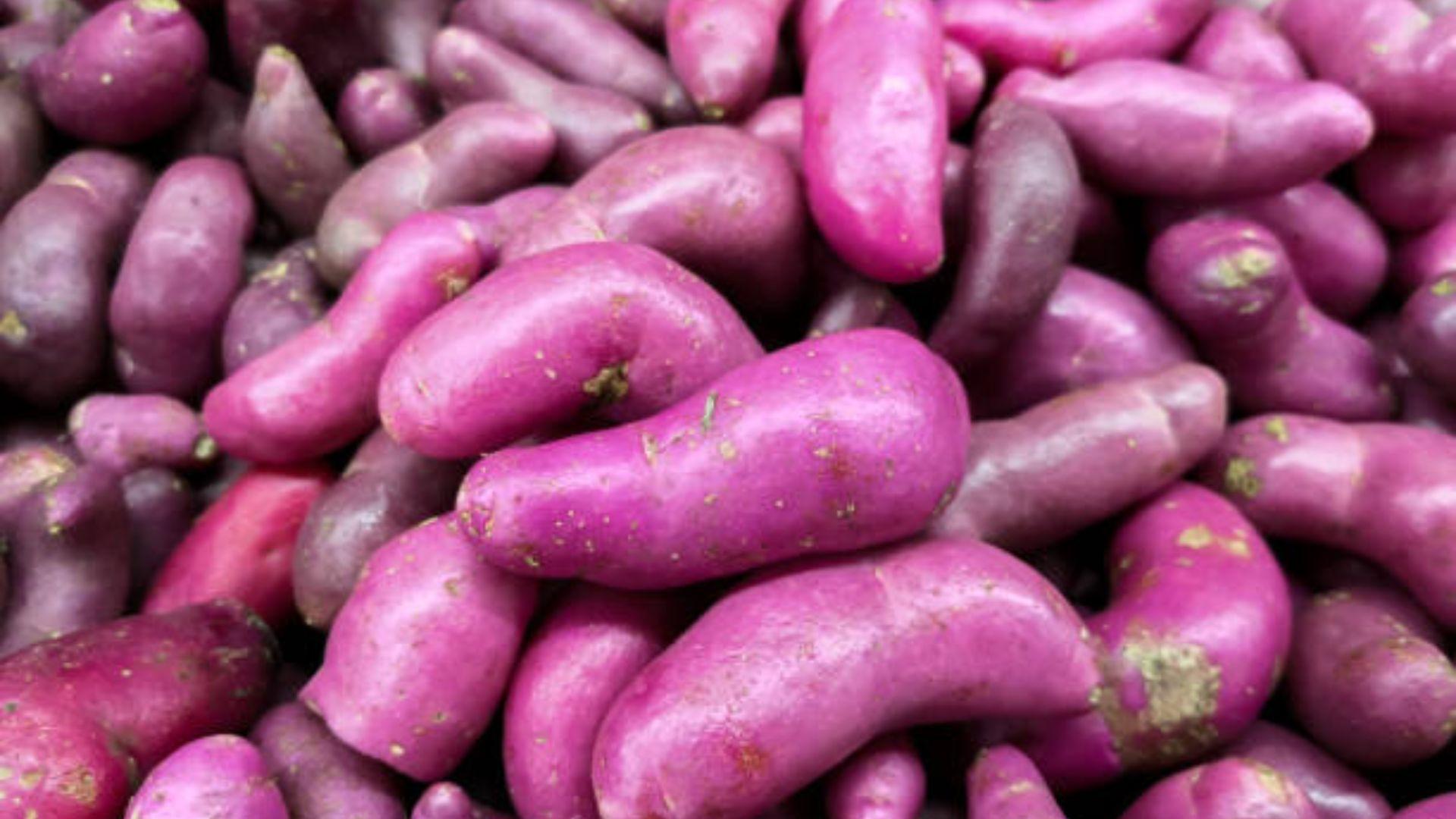
Ulluco is a root vegetable from the Andes with a waxy texture and a range of colors. Known for its nutty flavor and high resistance to spoilage, it is often used in stews, soups, and salads, adding texture and a mild taste.
- Origin: Native to the Andes in South America, particularly in Peru, Bolivia, and Colombia.
- Nutritional Benefit: Ulluco is rich in carbohydrates, vitamin C, and fiber, offering a boost to energy and digestive health.
- Culinary Pairings: Ulluco pairs well with potatoes, beans, and hearty vegetables, complementing the flavors in stews and soups.
5. Umbrella Squash
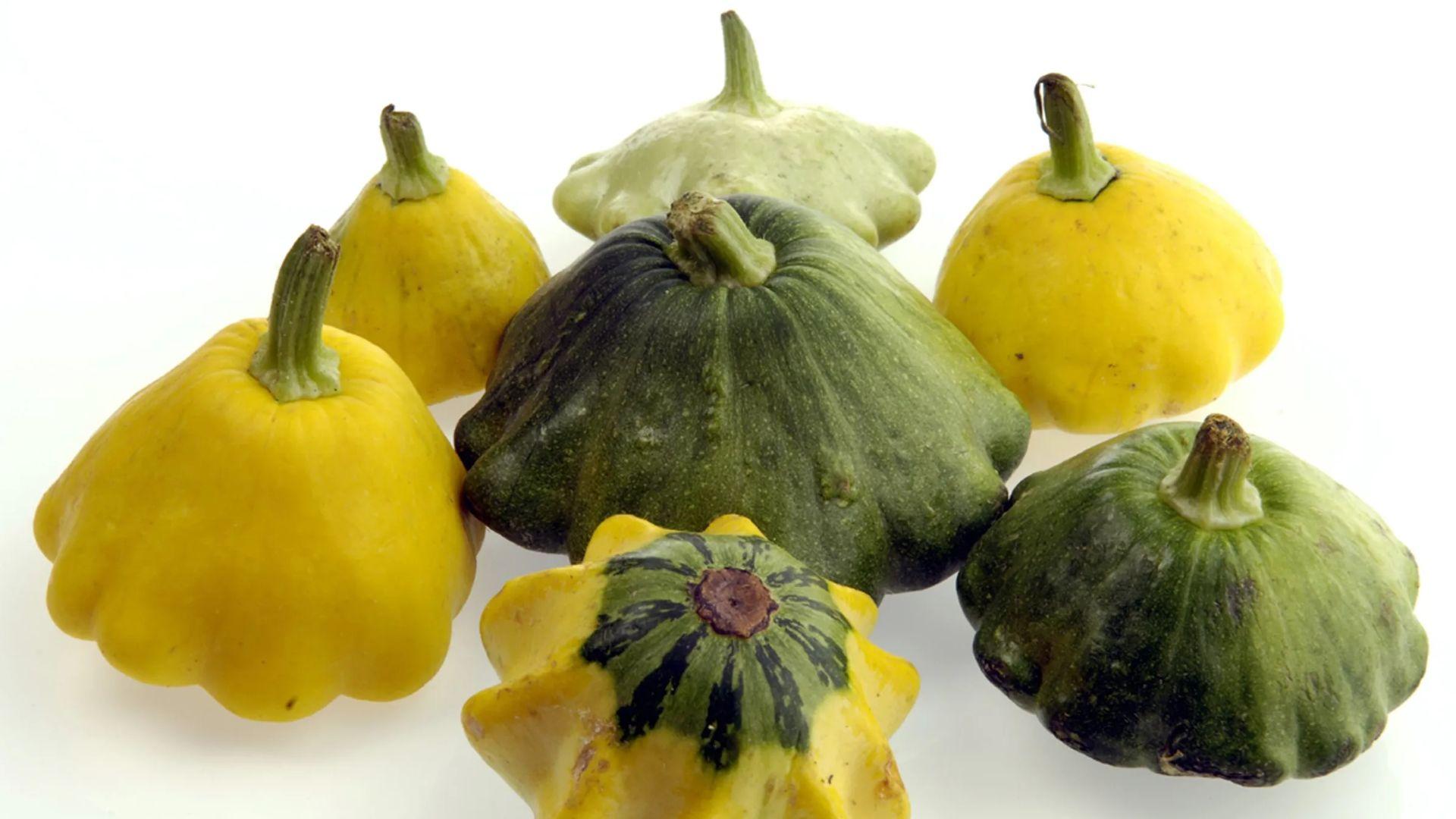
Umbrella Squash, named for its large, round shape, has a mild, sweet flavor. It is a versatile vegetable often used in soups, stews, and baked dishes. Its flesh is tender when cooked, making it a popular choice for roasting or frying.
- Origin: Native to various regions of Central and South America.
- Nutritional Benefit: Umbrella squash is a good source of vitamin A and antioxidants, contributing to healthy skin and immune function.
- Culinary Pairings: It pairs well with herbs like thyme and rosemary, garlic, onions, and olive oil.
6. Upland Cress
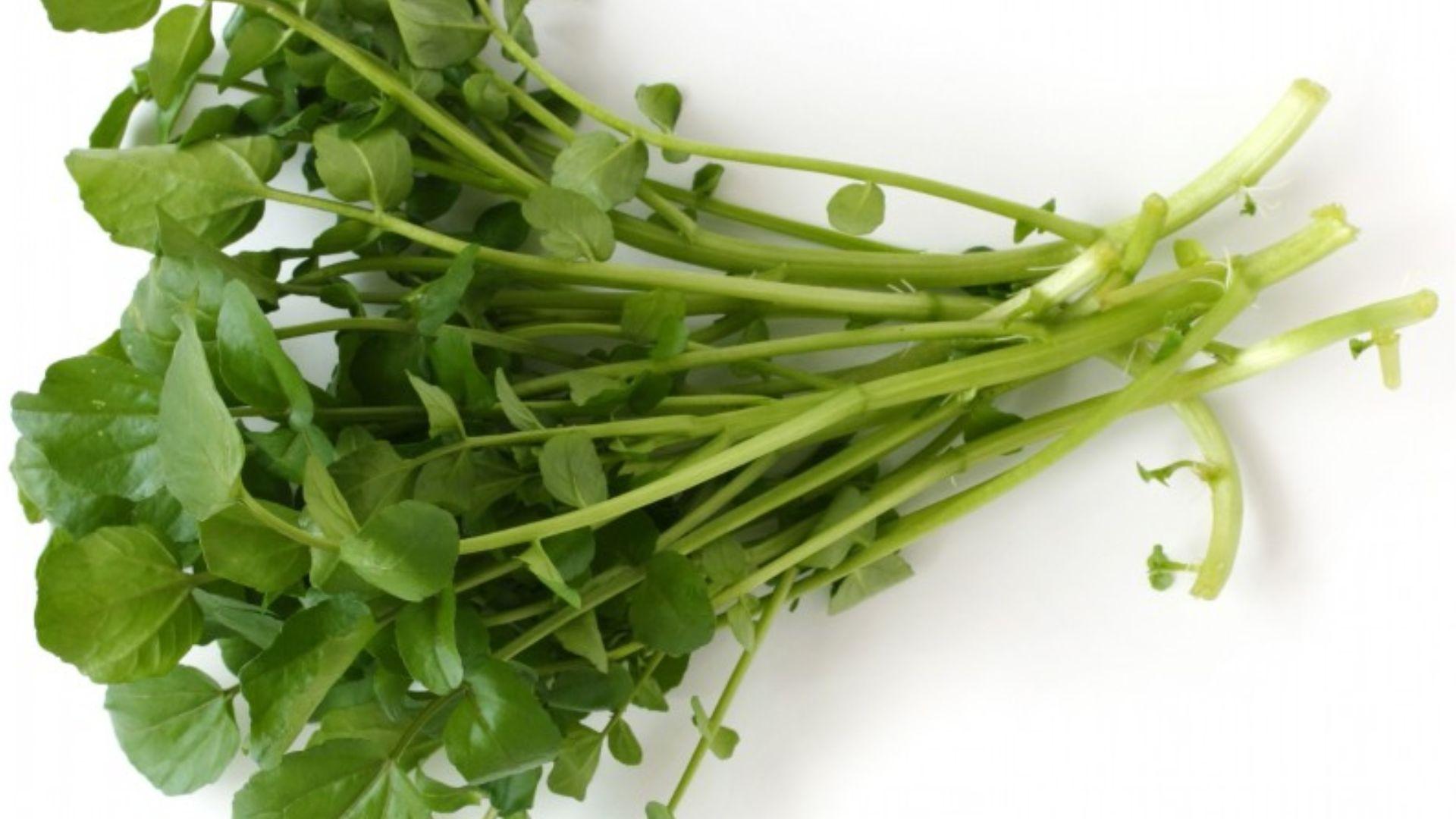
Upland Cress, also known as land cress, is a leafy green vegetable that offers a peppery taste. It is commonly used in salads, sandwiches, and soups, providing a fresh and zesty flavor that complements other vegetables and meats.
- Origin: Native to Europe and Western Asia, cultivated for its leaves and stems.
- Nutritional Benefit: Upland cress is high in vitamin C and calcium, supporting immune function and bone health.
- Culinary Pairings: It pairs well with creamy cheeses, olive oil, and citrus fruits, enhancing the flavor of salads and dressings.
7. Urad Bean
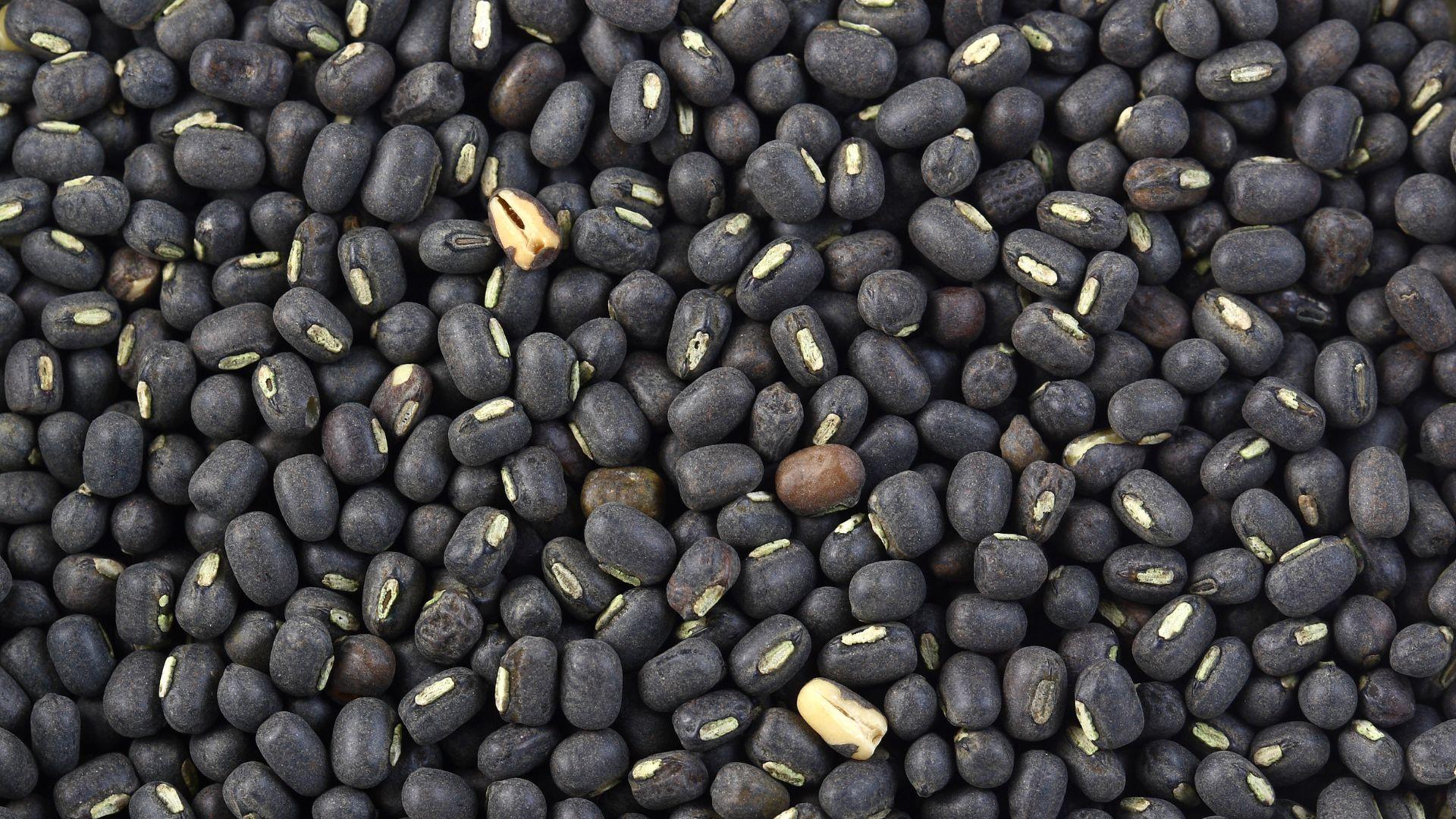
Urad beans are small black beans commonly used in Indian cuisine. They are known for their versatility, often being ground into flour or used whole in curries, dals, and stews, where they absorb flavors and add a creamy texture.
- Origin: Native to the Indian subcontinent, primarily cultivated in India and Southeast Asia.
- Nutritional Benefit: Urad beans are a good source of protein, iron, and fiber, making them a staple for vegetarian diets.
- Culinary Pairings: They pair well with garlic, ginger, onions, and various Indian spices like cumin, turmeric, and coriander.
NOTE: Some of these plants may require special preparation before consumption. Please verify their edibility to ensure they are safe for human use.
8. Ulam Raja
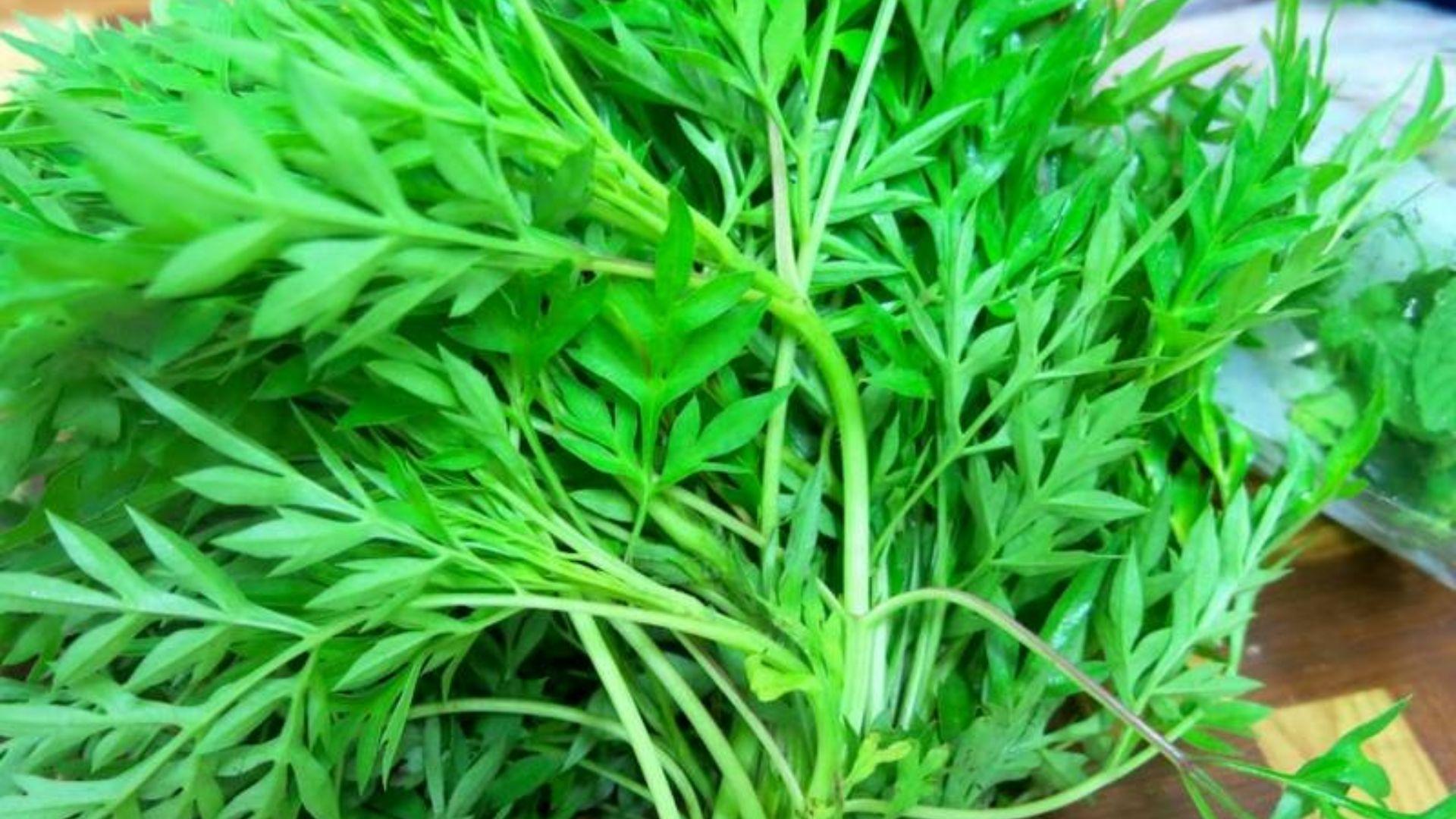
Ulam Raja is a popular herb used in Southeast Asian cuisine. It is known for its aromatic flavor and is often used in salads, sambals, and side dishes. The leaves are crisp and provide a refreshing taste, frequently balancing spicier components in dishes.
- Origin: Native to Malaysia and other Southeast Asian countries.
- Nutritional Benefit: Ulam Raja is rich in antioxidants and has anti-inflammatory properties, promoting overall health and wellness.
- Culinary Pairings: Pairs well with rice, chili, and fish, often added fresh to salads or used in spicy condiments.
9. Utazi Leaves
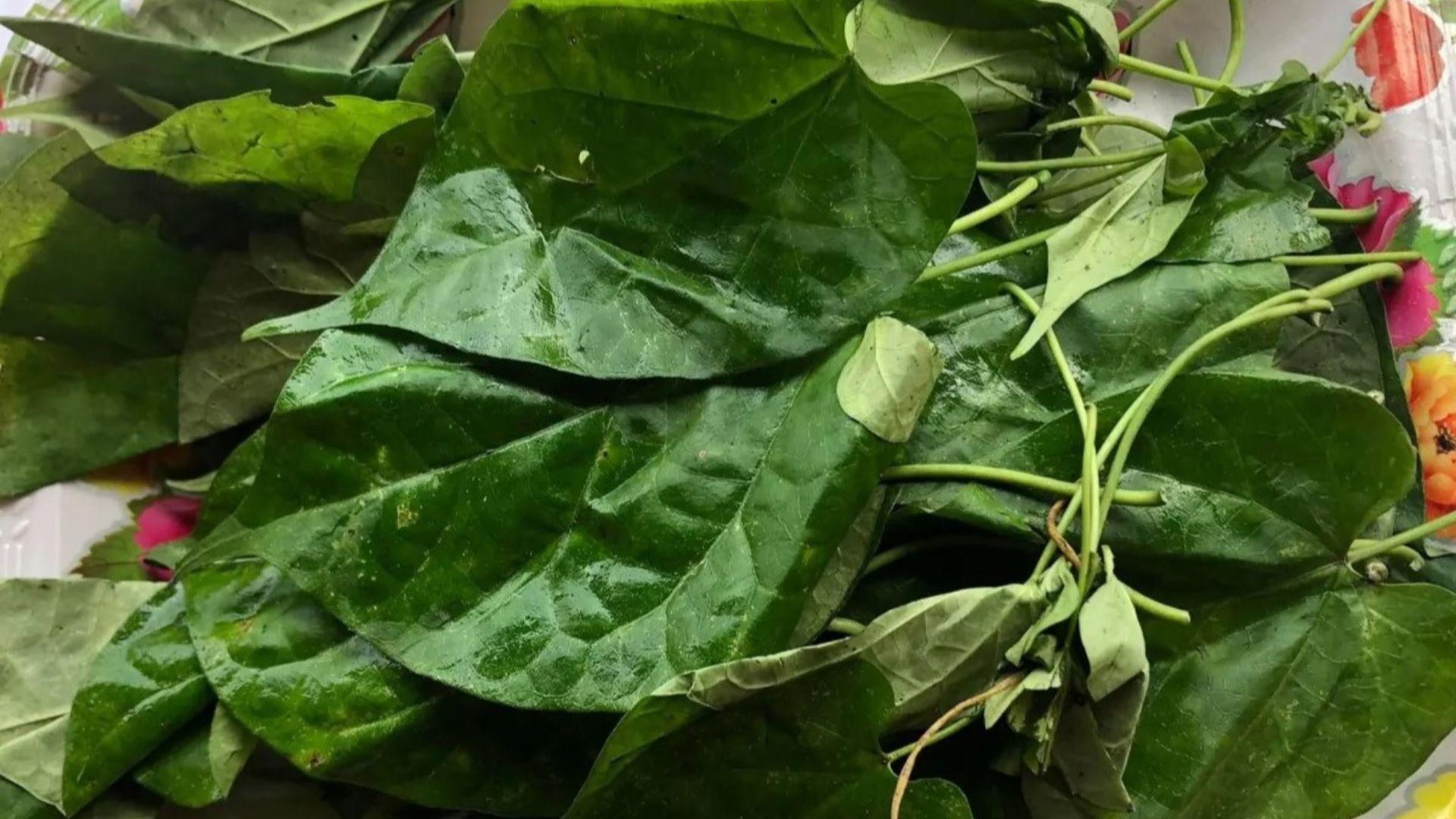
Utazi leaves are aromatic herbs used in Nigerian and West African cuisine. With a slightly bitter, peppery flavor, they are often added to soups and stews, imparting a unique taste and fragrance to the dish.
- Origin: Native to Nigeria and other parts of West Africa.
- Nutritional Benefit: Utazi leaves are rich in vitamins A and C, supporting eye health and immune function.
- Culinary Pairings: They pair well with meats, fish, and traditional spices like ginger, garlic, and chili, often used in rich stews and soups.
10. Utrecht Blue Wheat
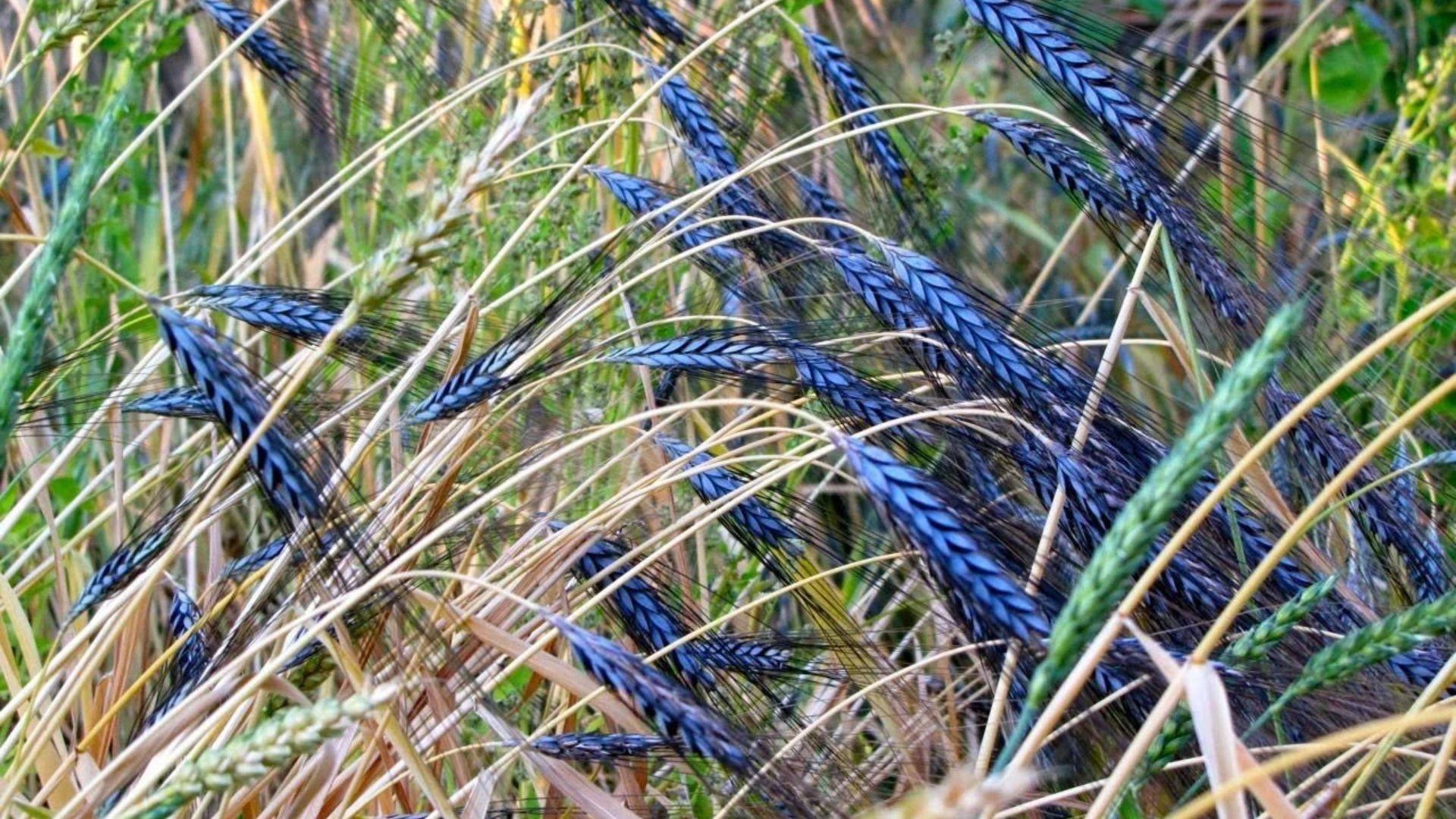
Utrecht Blue Wheat is an ancient variety of wheat known for its striking blue kernels. It is primarily used in baking and milling, where it adds a unique color and nutty flavor to breads, cakes, and pastries.
- Origin: Originally from the Netherlands, now cultivated in various parts of the world.
- Nutritional Benefit: Utrecht Blue Wheat is a good source of fiber, iron, and B vitamins, supporting digestive health and energy production.
- Culinary Pairings: It pairs well with honey, nuts, and fruits in baked goods, providing a rich, nutty flavor to bread and pastries.
NOTE: Some of these plants may require special preparation before consumption. Please verify their edibility to ensure they are safe for human use.
11. Urui
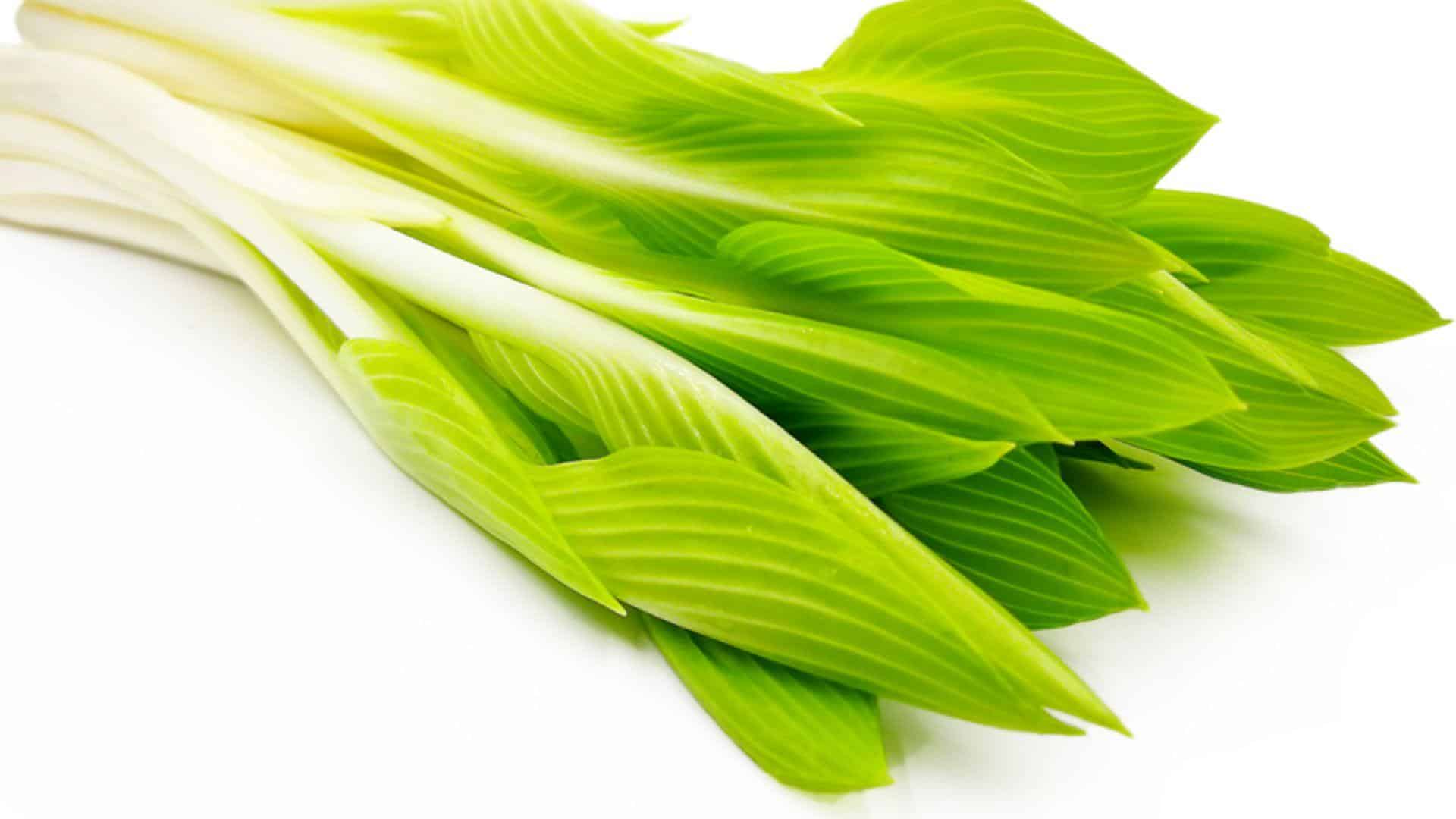
Urui is a type of root vegetable found in Southeast Asia, particularly in Indonesia. It is commonly used in traditional dishes like soups and stir-fries. Its dense texture and mild, nutty flavor make it a perfect addition to savory dishes.
- Origin: Native to Indonesia and other parts of Southeast Asia.
- Nutritional Benefit: Urui is rich in carbohydrates and provides a steady source of energy, along with essential vitamins and minerals.
- Culinary Pairings: Pairs well with meats, tofu, and soy-based dishes, often used in savory soups and curries.
12. Ulster Emblem Potato

The Ulster Emblem Potato is a variety of potato known for its firm texture and ability to hold its shape when cooked. It is widely used in mashed potatoes, soups, and fries, providing a smooth and rich flavor.
- Origin: Native to Northern Ireland, widely grown in the UK.
- Nutritional Benefit: Rich in potassium and vitamin C, the Ulster Emblem is great for heart health and boosting immunity.
- Culinary Pairings: Pairs well with butter, garlic, rosemary, and meats, often used in roasted or mashed dishes.
13. Umatilla Russet Potato

The Umatilla Russet Potato is a type of russet potato known for its large size and rough skin. It is ideal for baking, mashing, or making French fries, and when cooked, it provides a light and fluffy texture.
- Origin: Grown primarily in the United States, especially in Idaho and Oregon.
- Nutritional Benefit: Rich in fiber, vitamin C, and potassium, Umatilla Russet potatoes support digestion and heart health.
- Culinary Pairings: Pairs well with cheese, sour cream, and herbs like chives, often used for baked or mashed potato dishes.
14. Ugwu
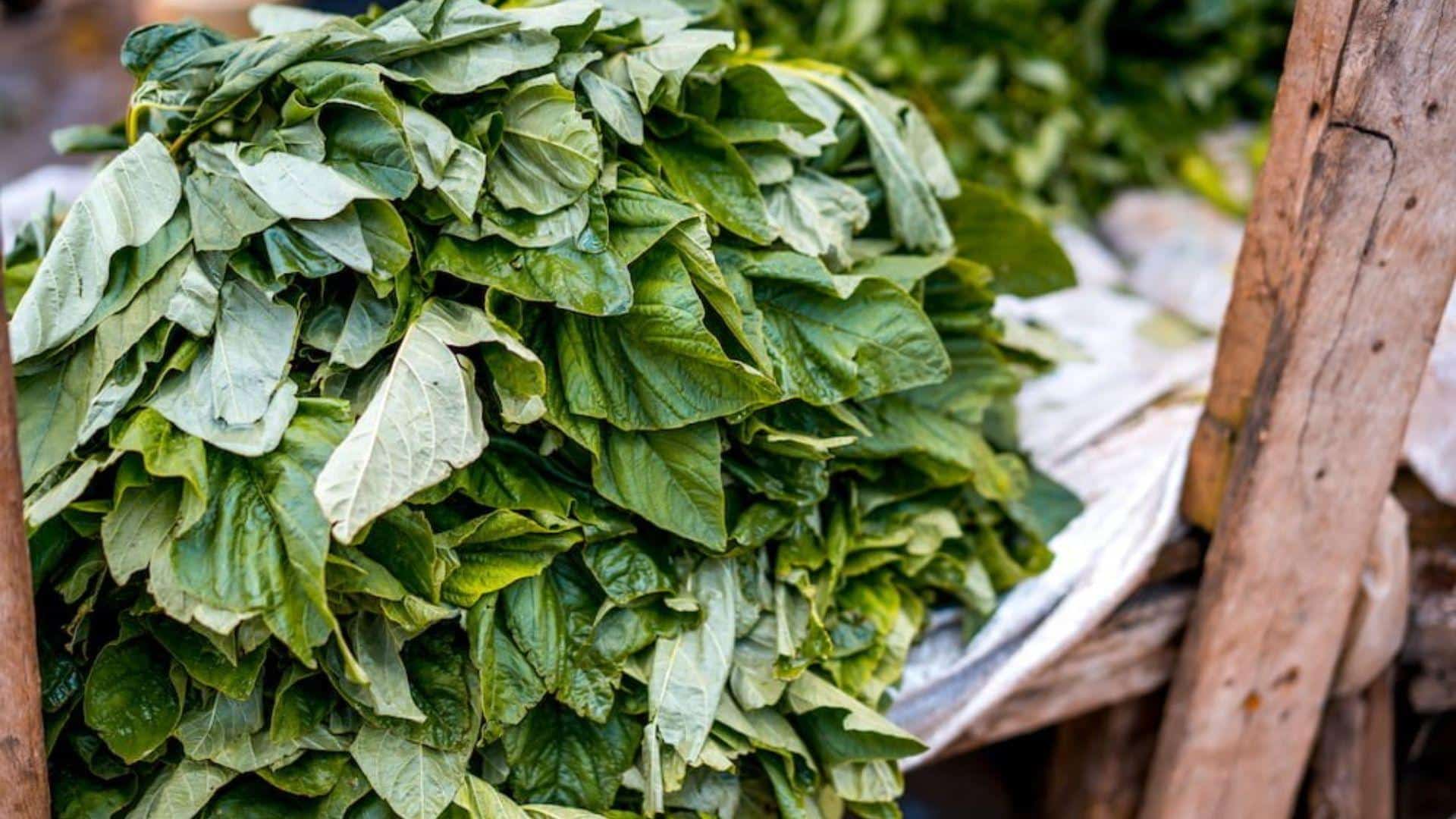
Ugwu is a leafy green plant commonly used in Nigerian and West African cooking. With a slightly bitter taste, Ugwu leaves are often added to soups, stews, and porridges, providing rich nutritional value and depth of flavor.
- Origin: Native to Nigeria and other parts of West Africa.
- Nutritional Benefit: Ugwu is rich in vitamins A and C, as well as iron and calcium, supporting immune function and bone health.
- Culinary Pairings: Ugwu pairs well with meats, fish, and starchy foods like yam or plantains, often used in traditional West African dishes.
15. Ukrainian Heart Tomato
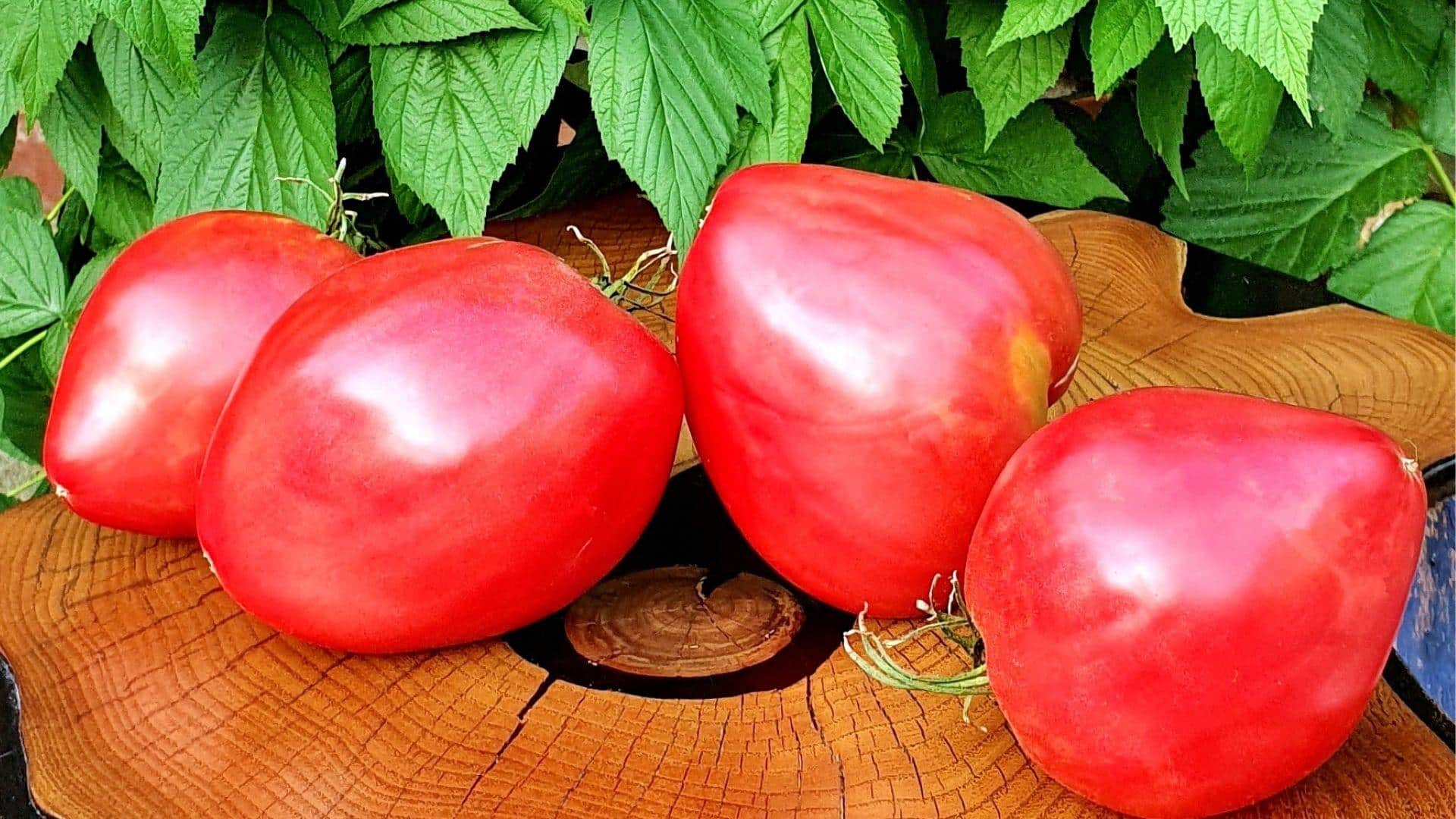
The Ukrainian Heart Tomato is a large, heart-shaped variety known for its rich, tangy flavor. It is often used in salads, sauces, and sandwiches, adding a sweet and juicy texture. These tomatoes are prized for their low acidity and excellent taste.
- Origin: Originated in Ukraine, now widely grown in various regions.
- Nutritional Benefit: Rich in vitamins A and C, Ukrainian Heart tomatoes support immune health and skin protection.
- Culinary Pairings: Pairs well with basil, garlic, olive oil, and cheeses like mozzarella, often used in salads or pasta dishes.
16. Ugu Leaf
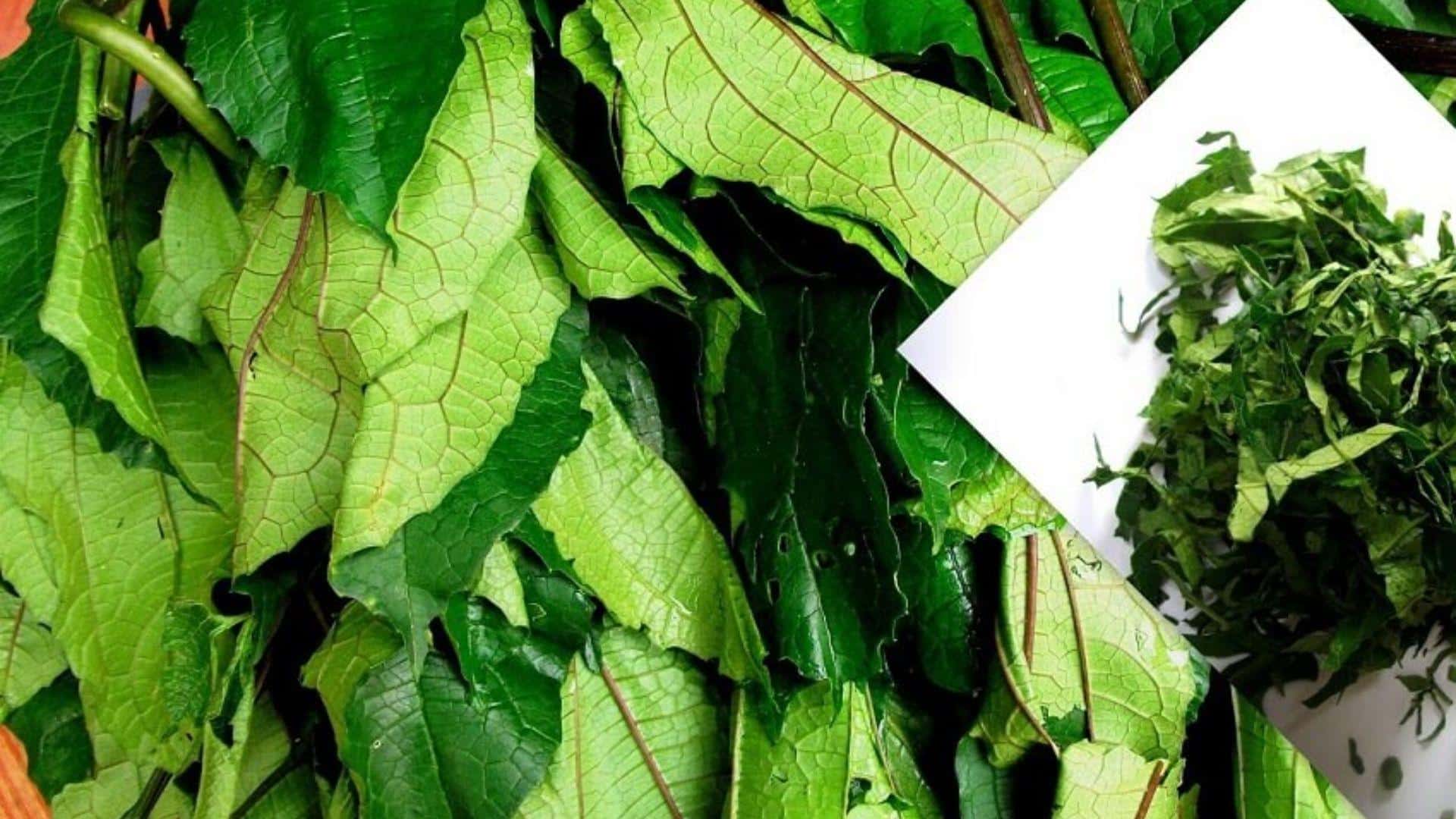
Ugu Leaf, also known as fluted pumpkin leaf, is commonly used in West African cuisine. It is known for its rich green color and tender texture when cooked. Often used in soups and stews, Ugu leaves add both flavor and nutrition to traditional dishes.
- Origin: Native to West Africa, particularly Nigeria.
- Nutritional Benefit: Ugu leaves are packed with vitamins A and C, iron, and calcium, promoting healthy vision and boosting immunity.
- Culinary Pairings: Pairs well with meats, fish, and other vegetables in soups and stews, often used in Nigerian and African recipes.
17. Upo
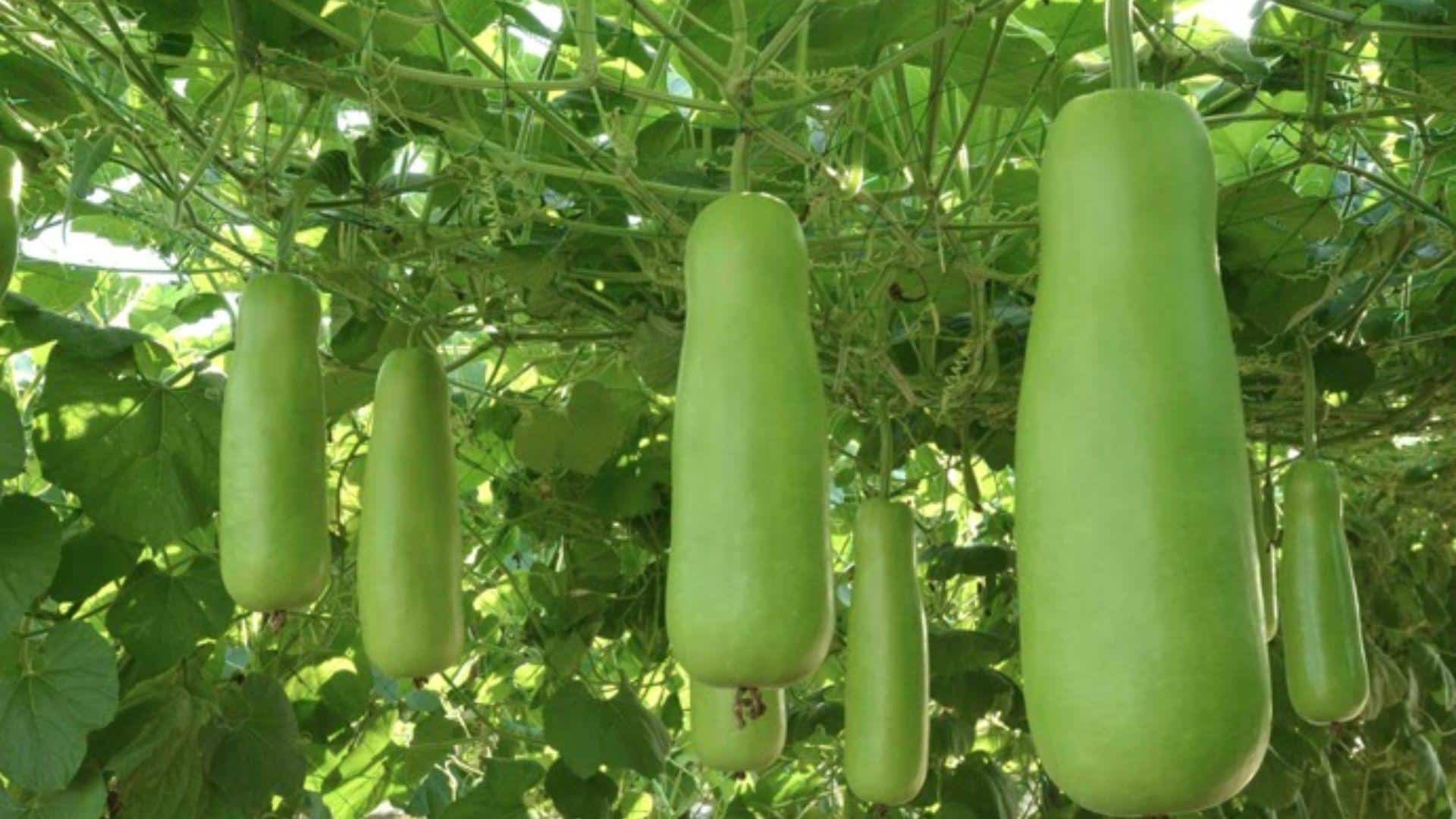
Upo, also known as bottle gourd, is a versatile vegetable commonly used in Asian and African cuisines. It has a mild, slightly sweet flavor and a water-rich texture, and it is often used in soups, stews, and stir-fries. It is easy to digest and highly nutritious.
- Origin: Native to India, now widely grown in Asia, Africa, and parts of the Mediterranean.
- Nutritional Benefit: Upo is rich in water content, low in calories, and a good source of fiber, aiding in digestion and hydration.
- Culinary Pairings: It pairs well with garlic, ginger, and various spices and is often used in soups and curries.
Wrapping It Up
Vegetables with “U” offer a world of new tastes and health benefits for anyone willing to try them.
From the sweet purple ube used in desserts to the bitter upland cress that adds zip to salads, these foods bring unique flavors to the table.
Many vegetables with U are packed with vitamins, minerals, and fiber that help keep bodies strong.
Others, like umbrella squash and umatilla russet potatoes, are easier to find in local markets. By adding vegetables with U to everyday cooking, meals become more colorful, nutritious, and exciting.
The next time shopping for food, remember – unusual vegetables often bring the most unforgettable flavors!
If you’re interested in more informative education & learning content, feel free to click here and explore other blogs that you might enjoy!








